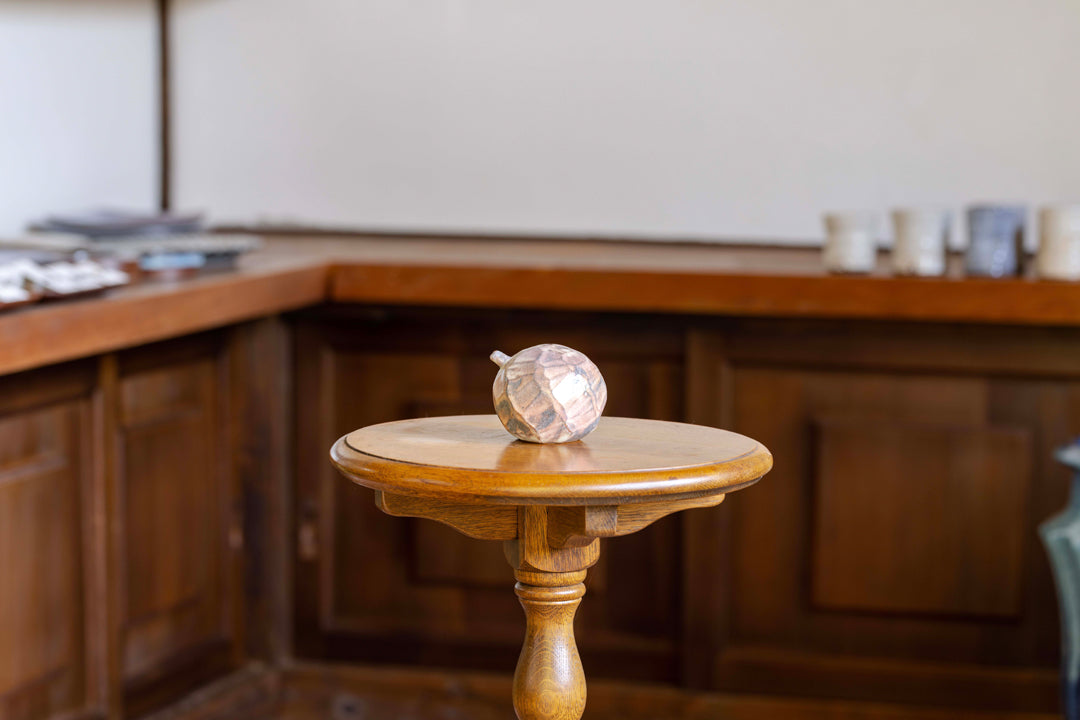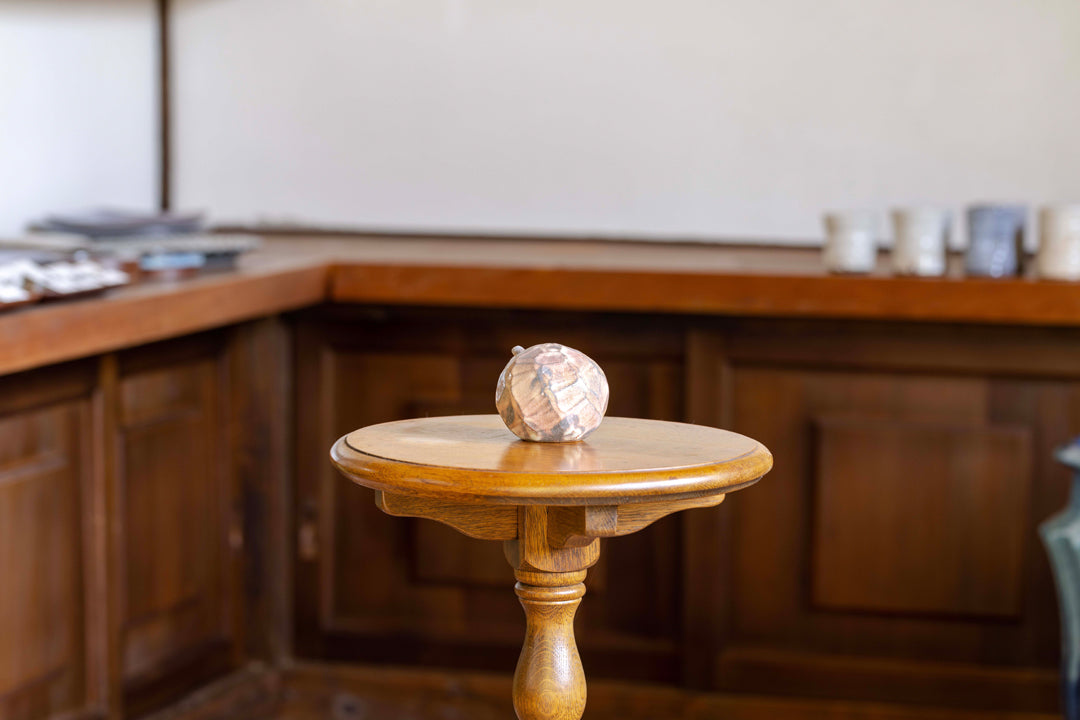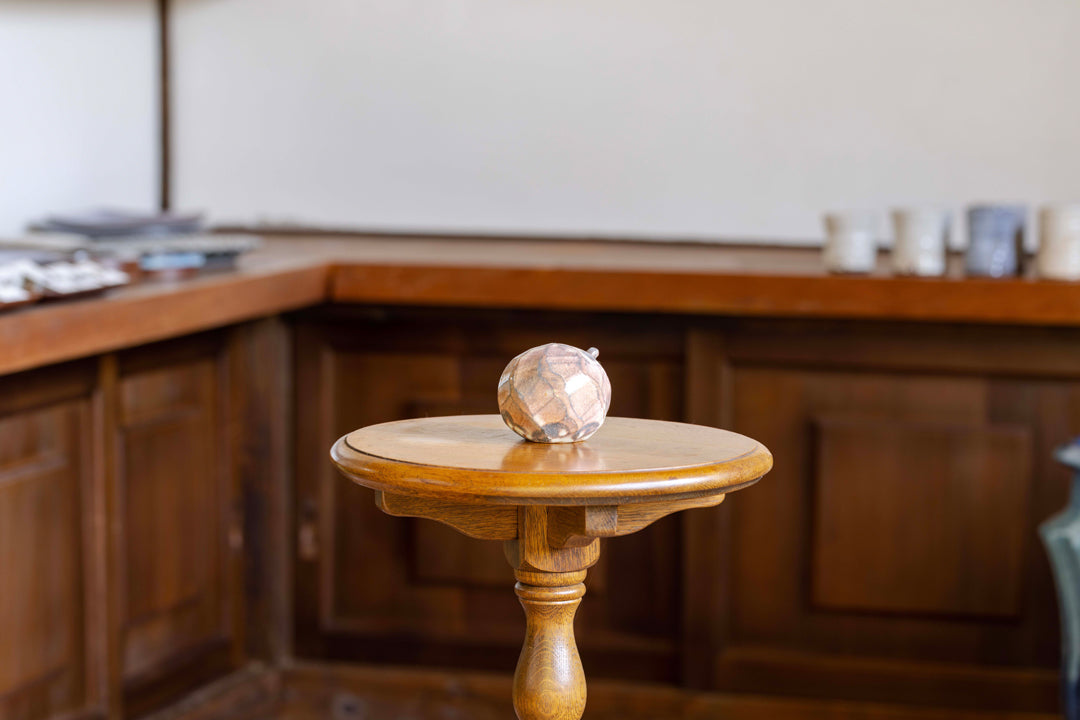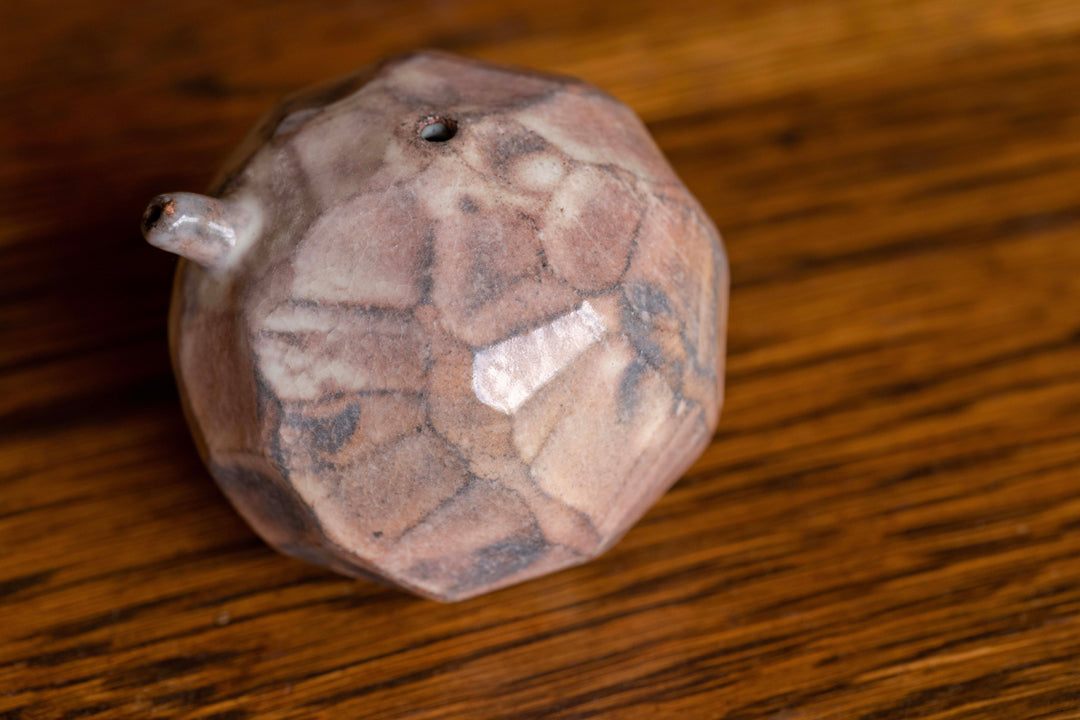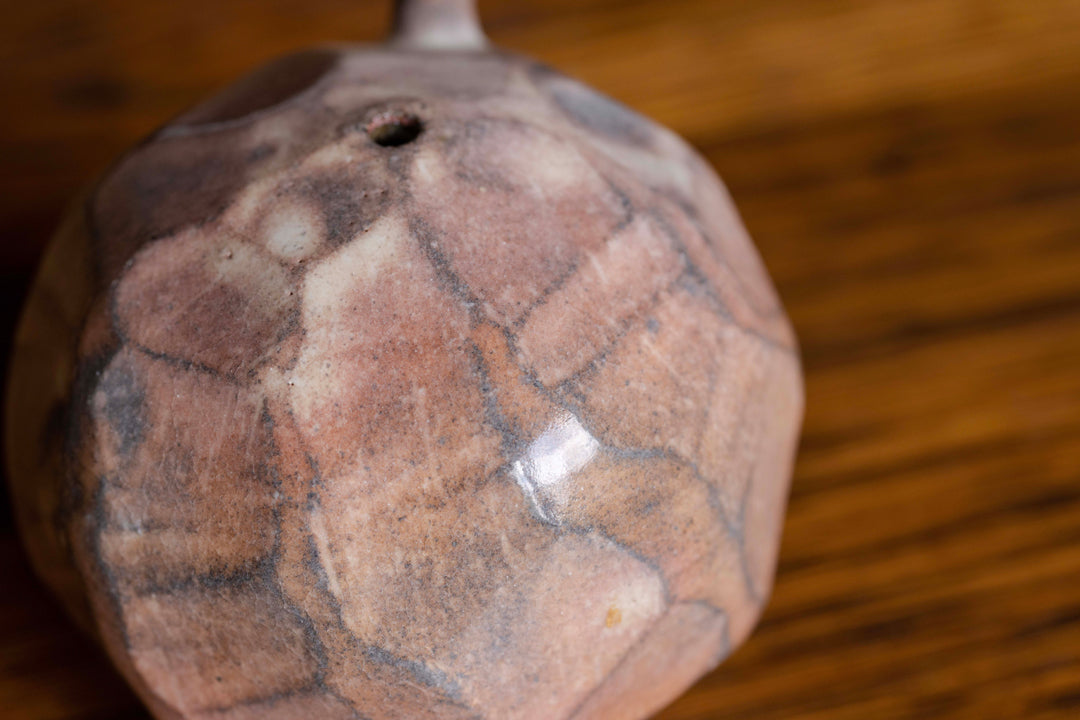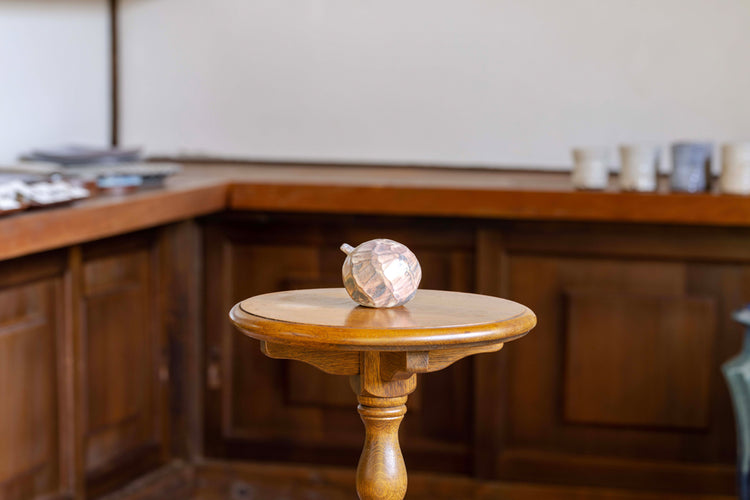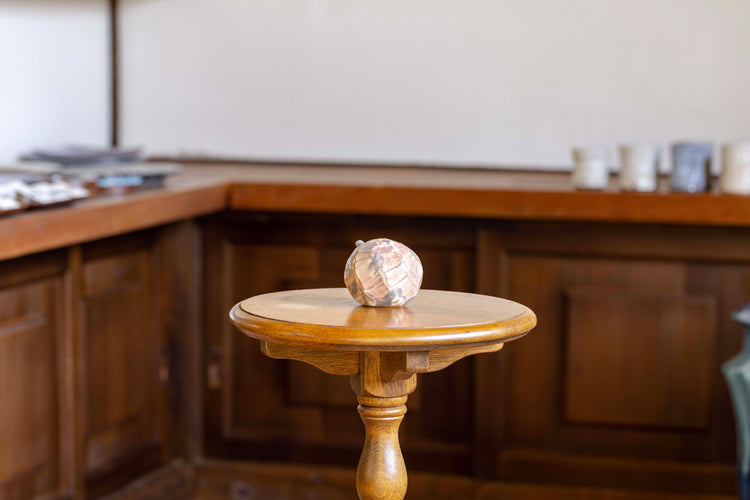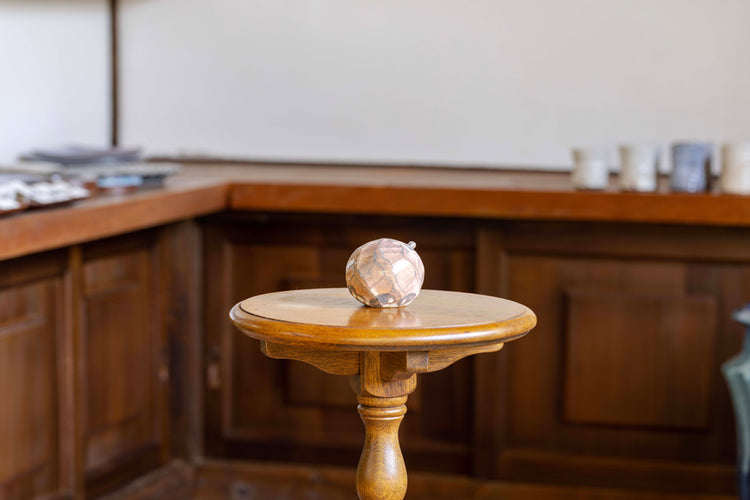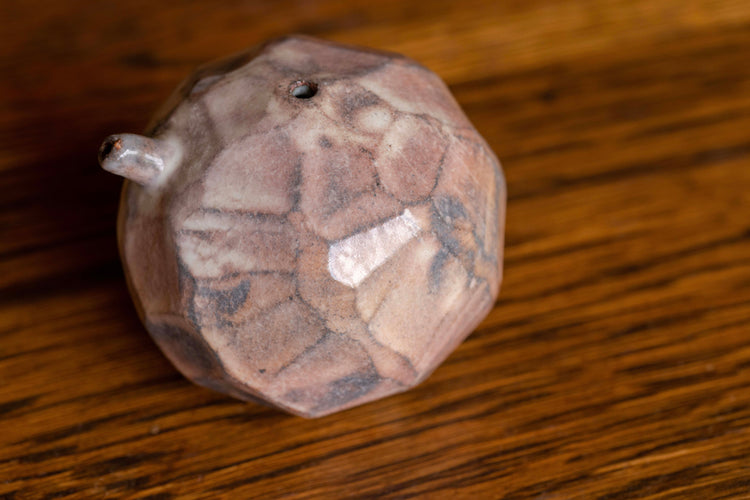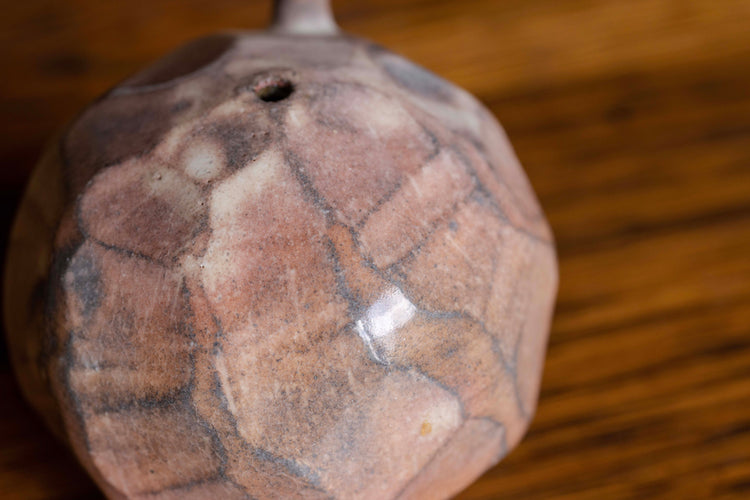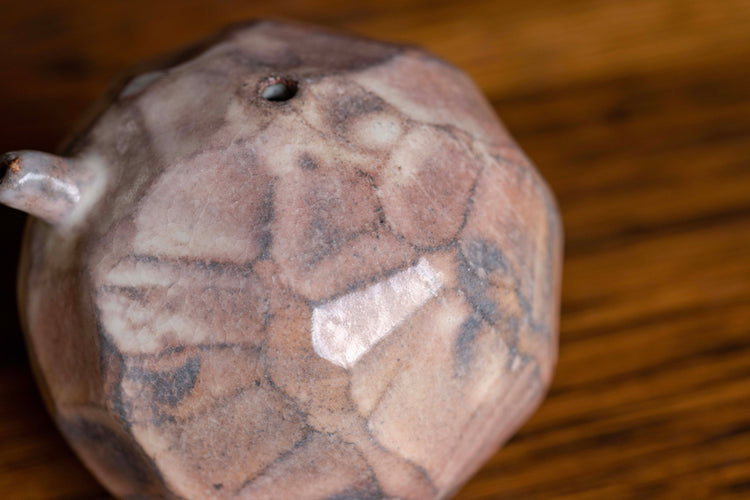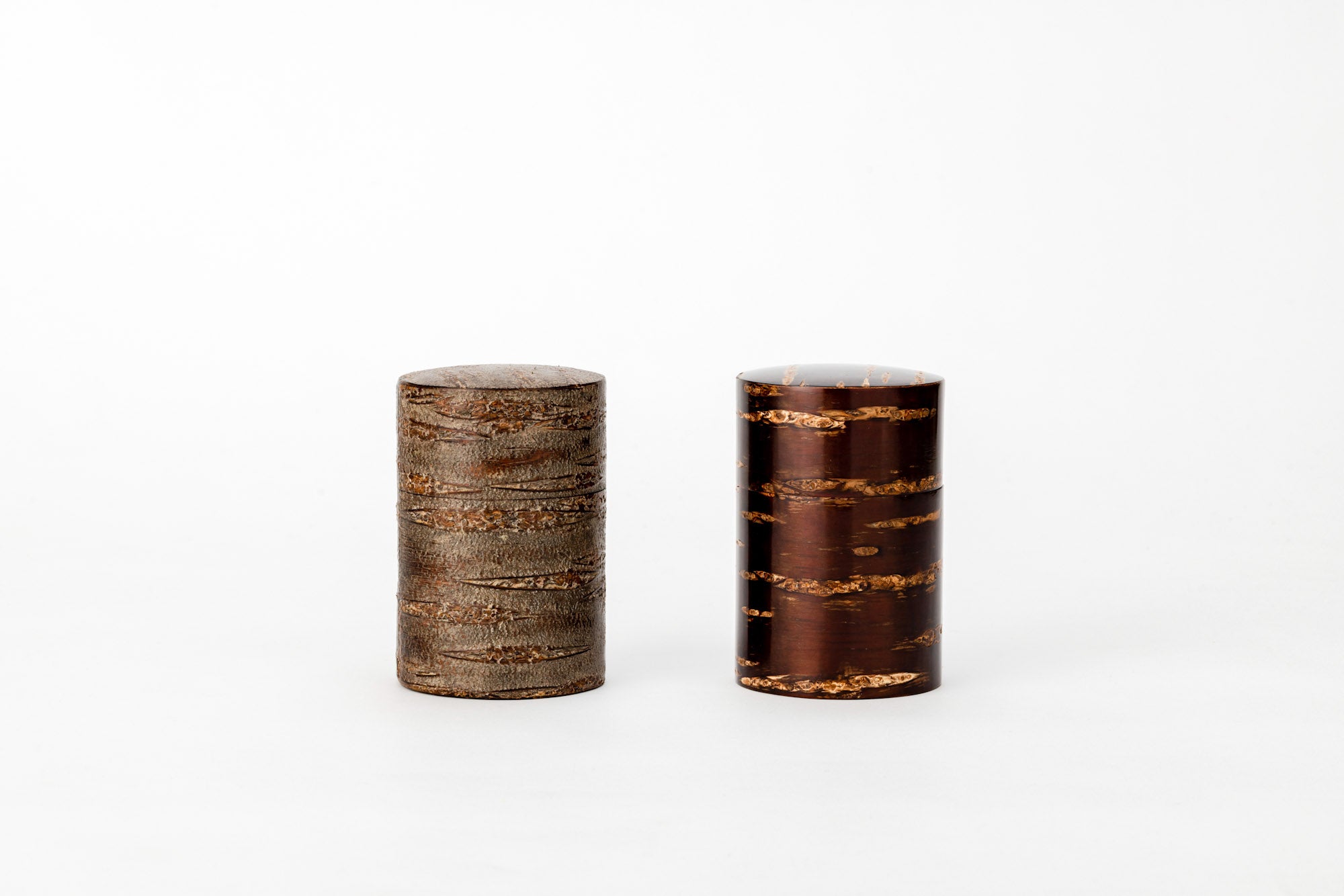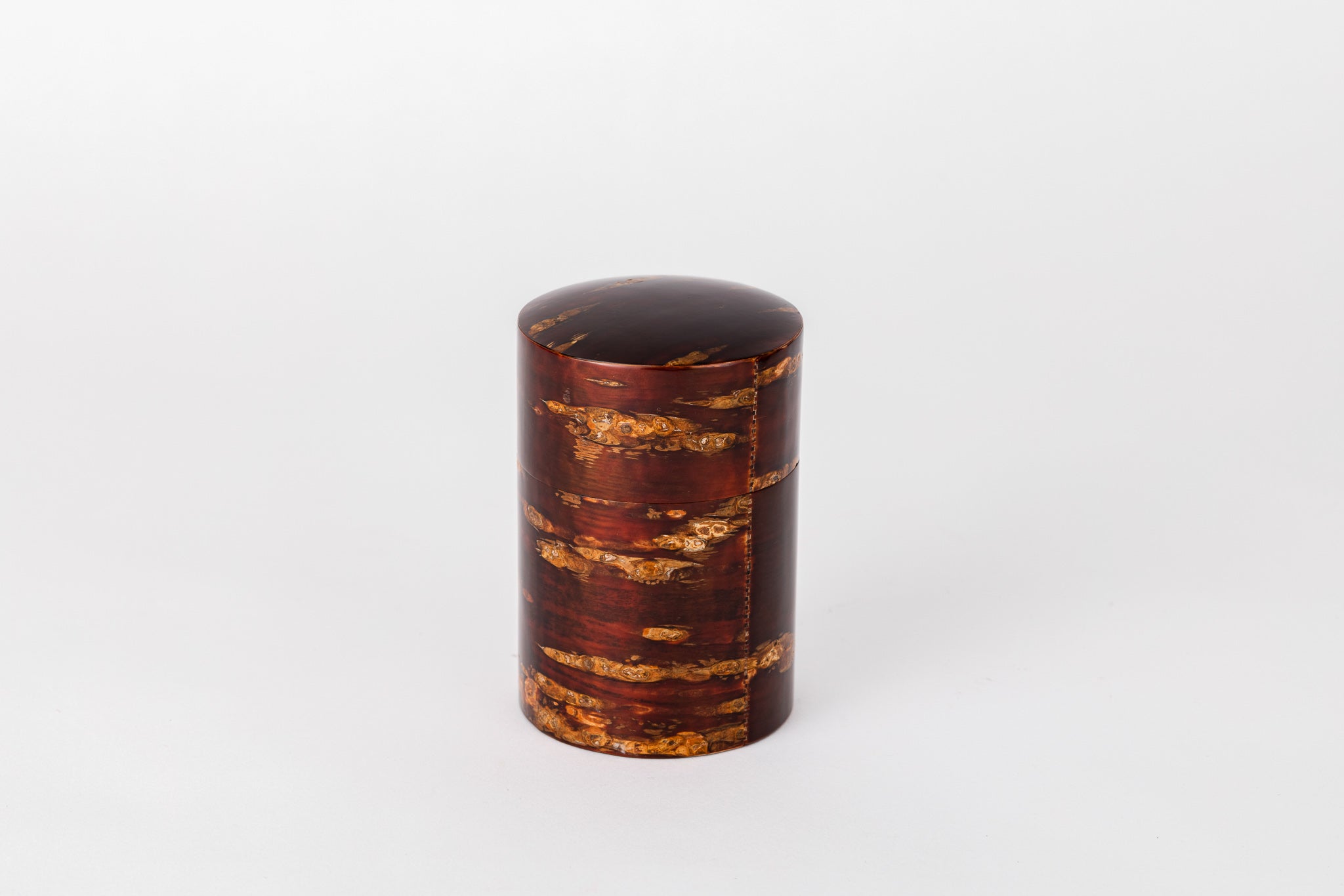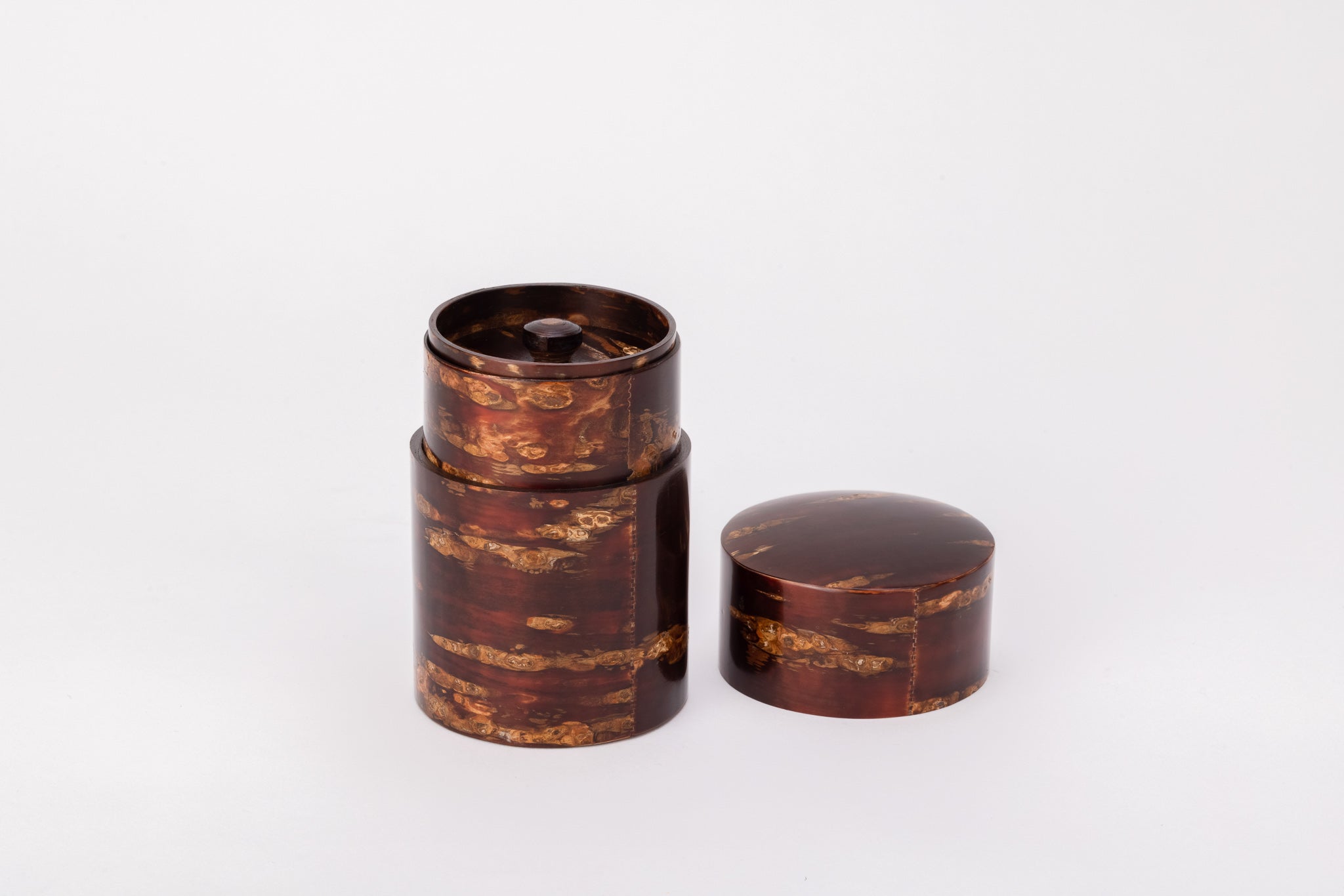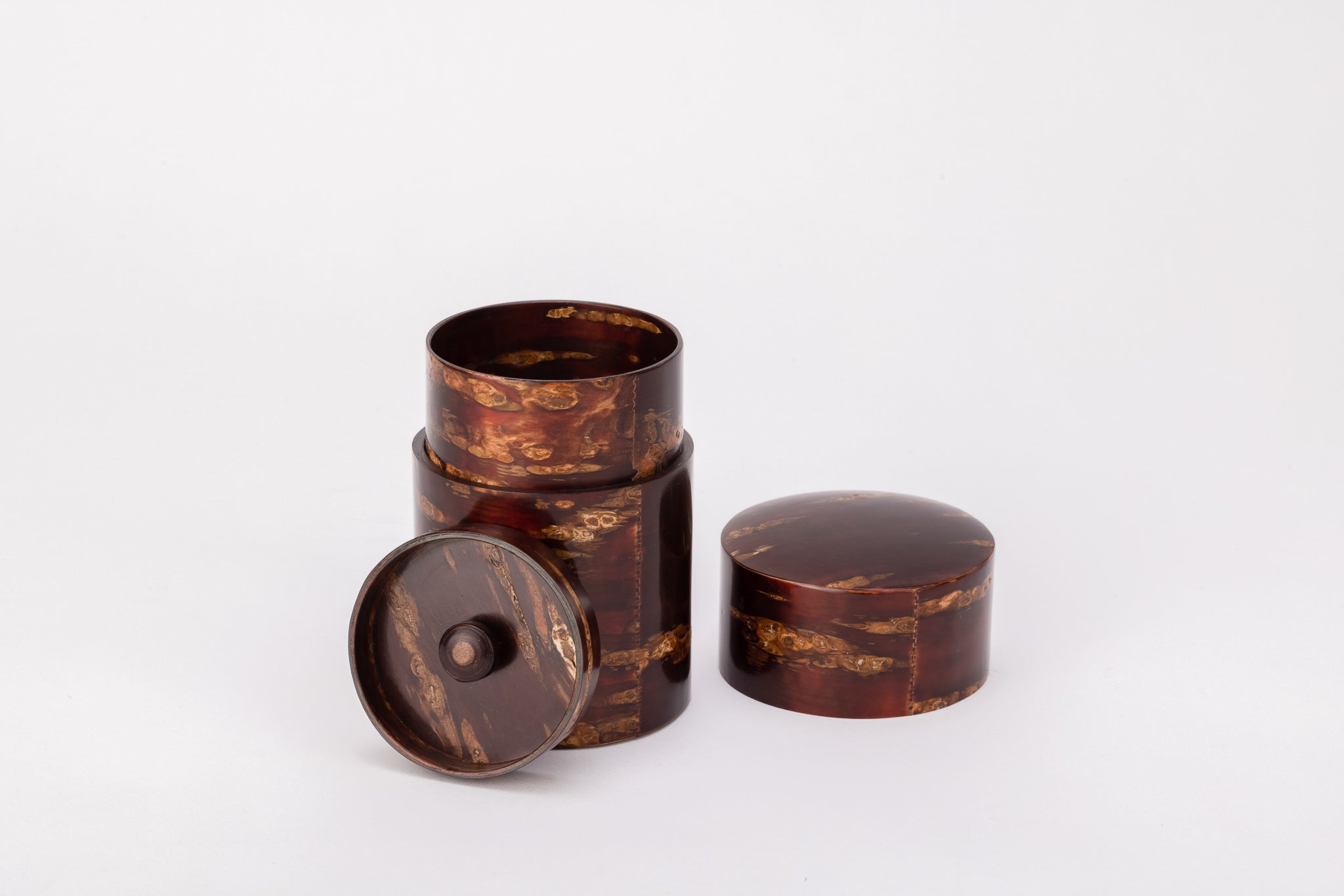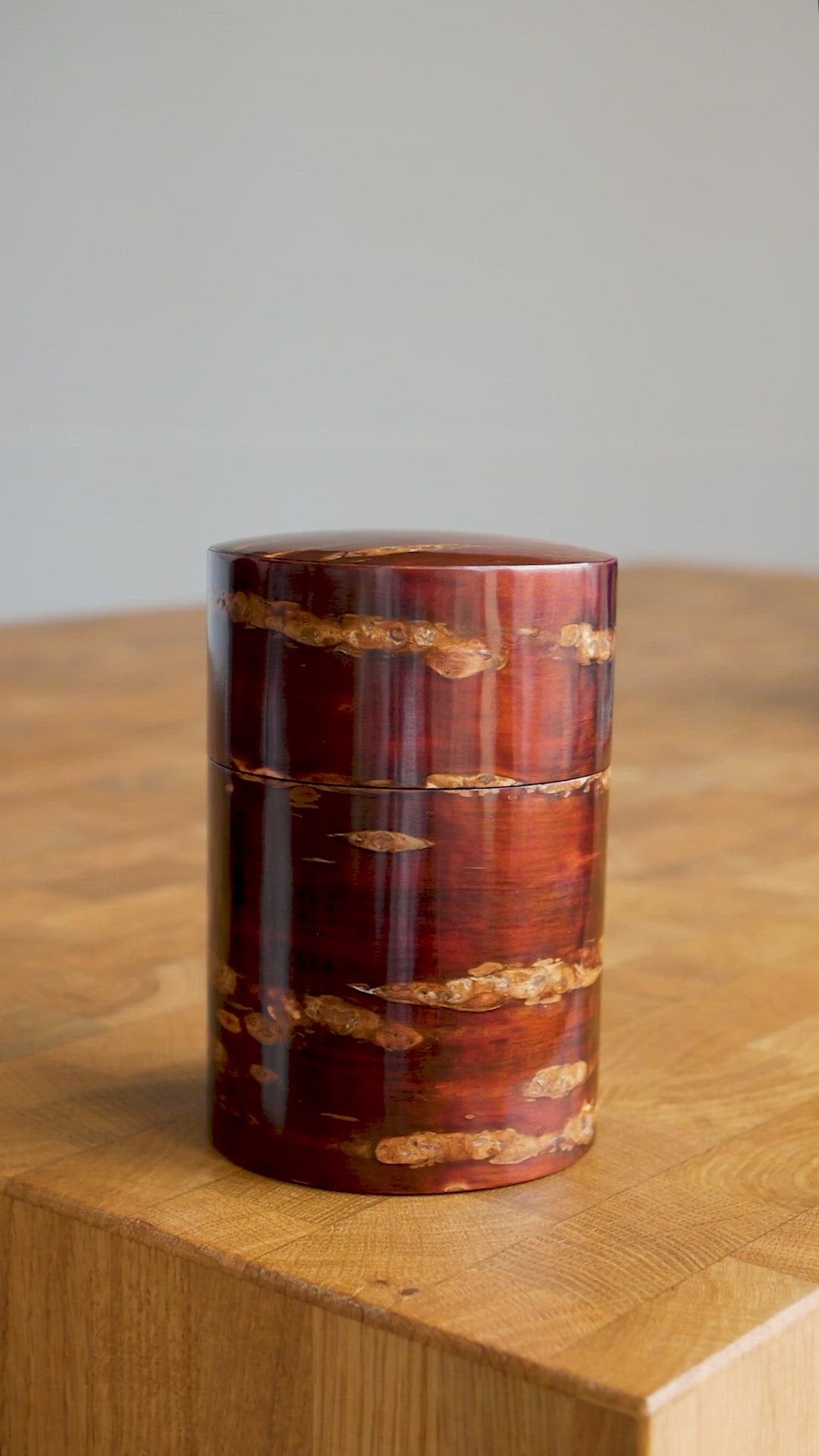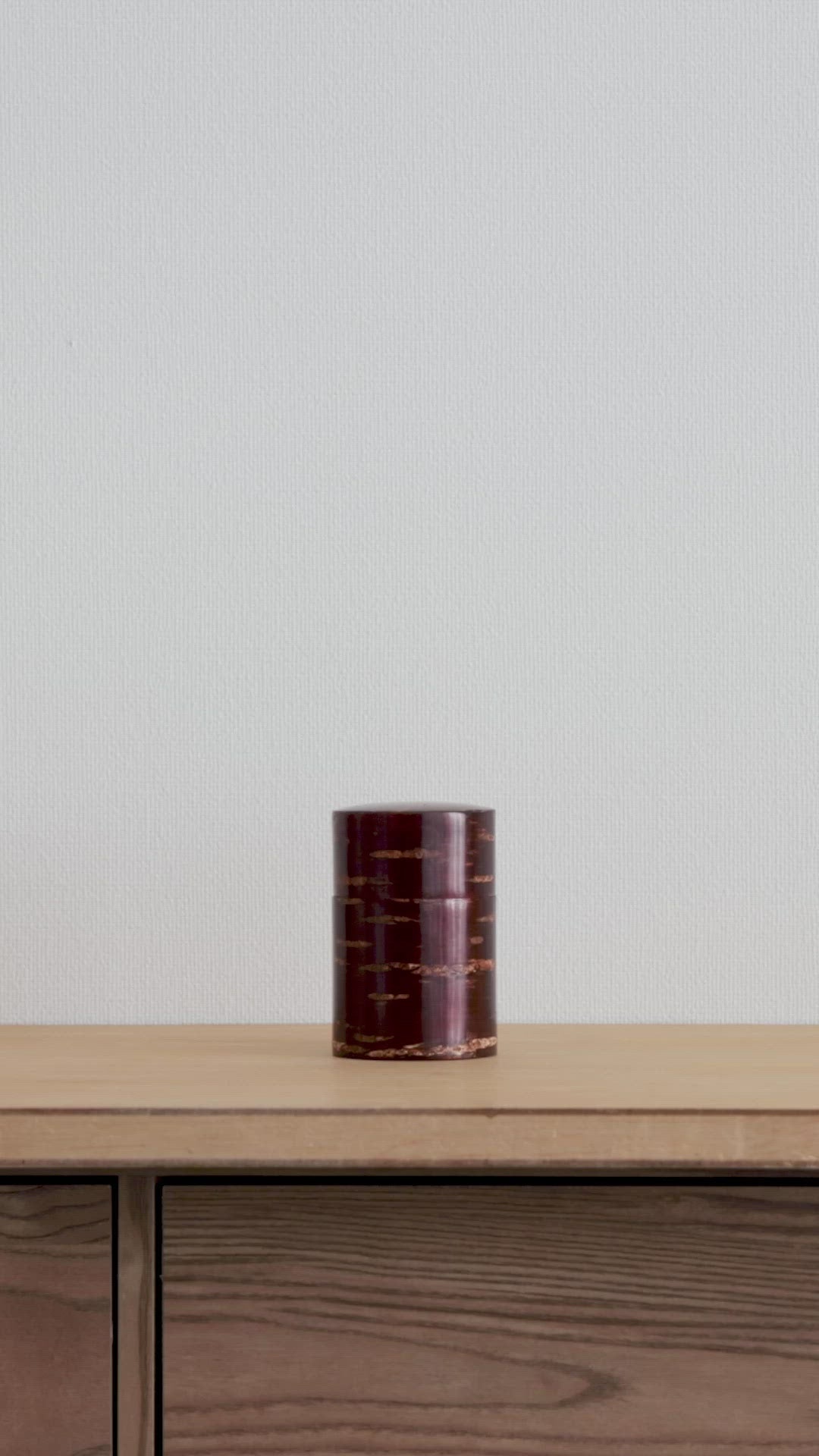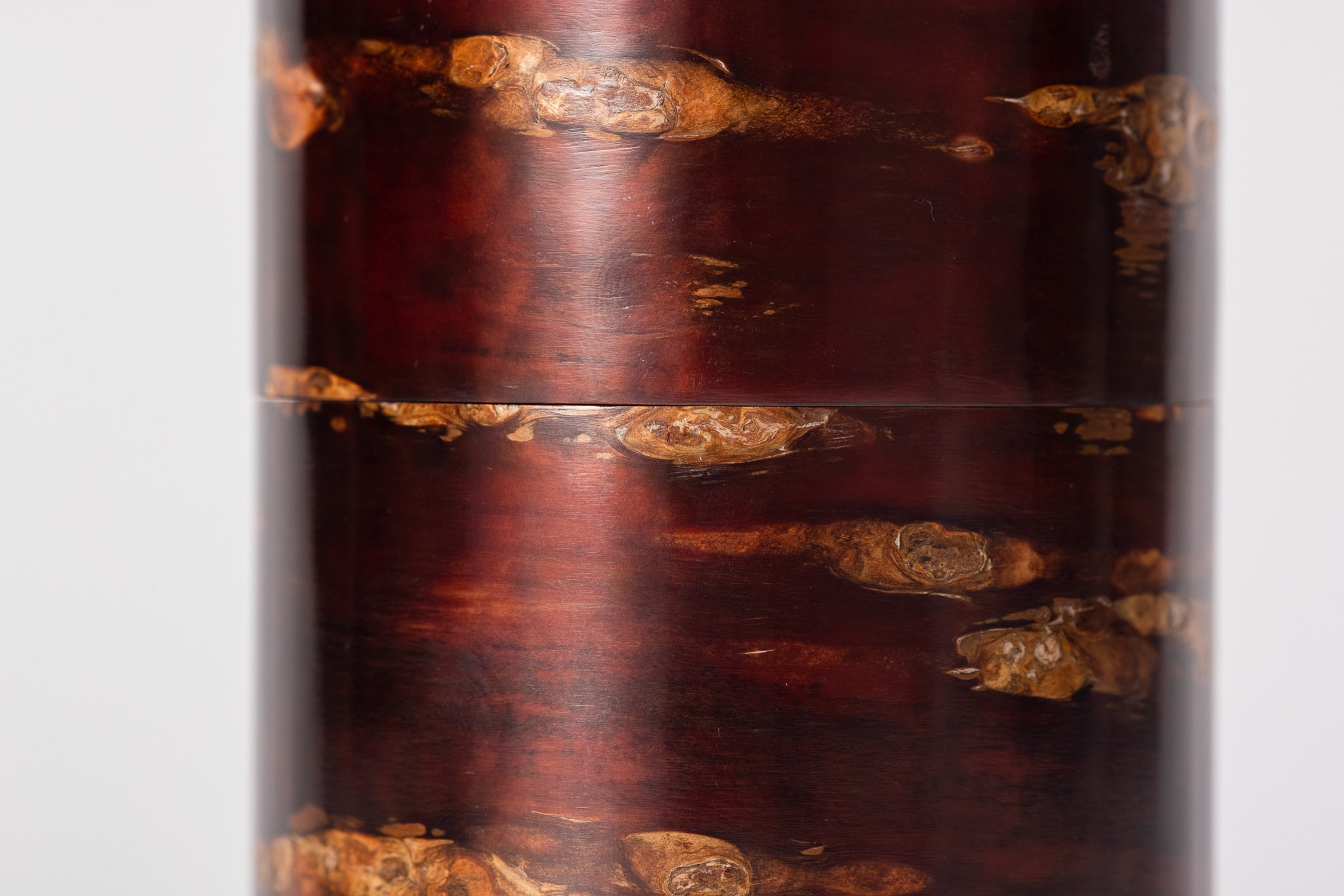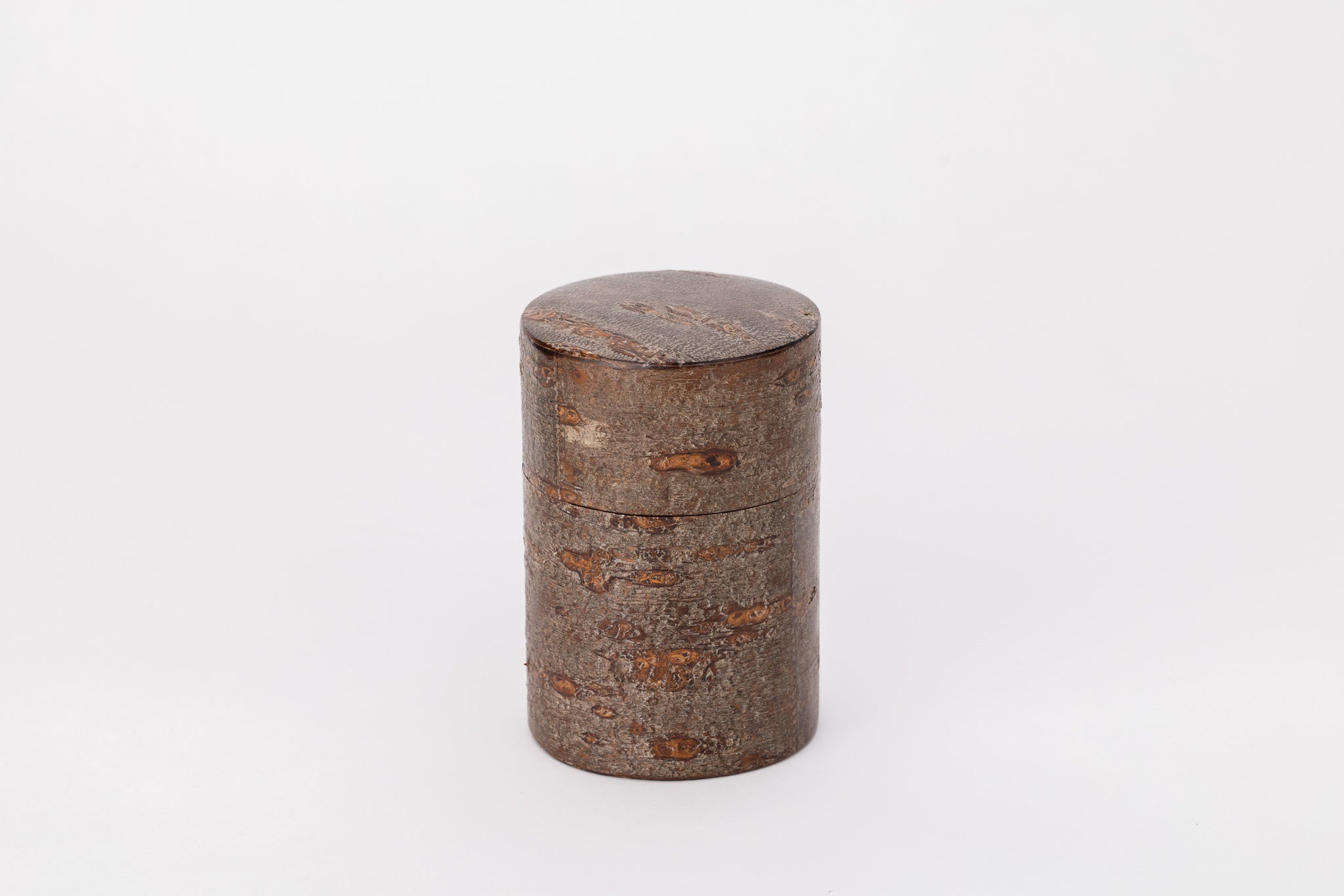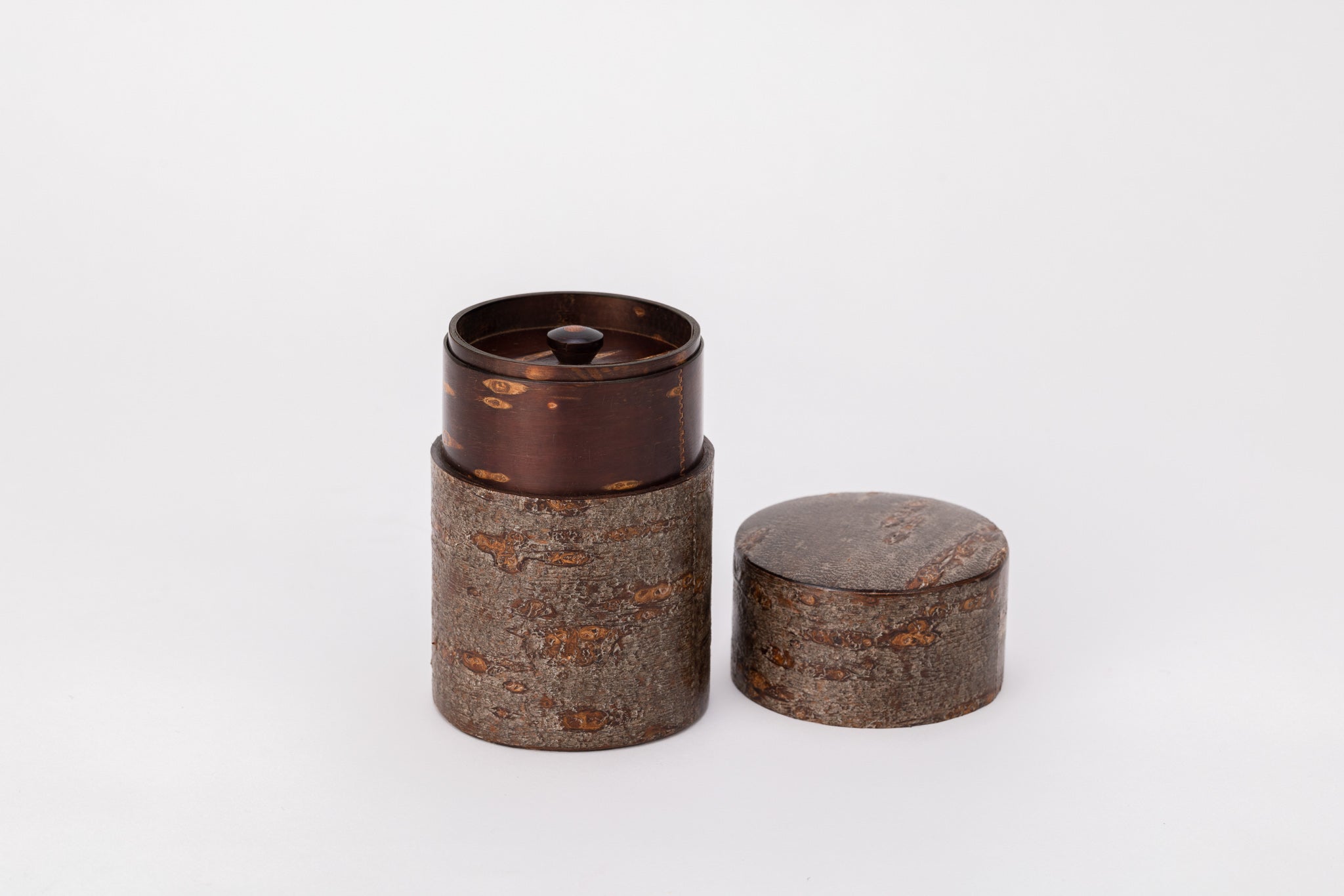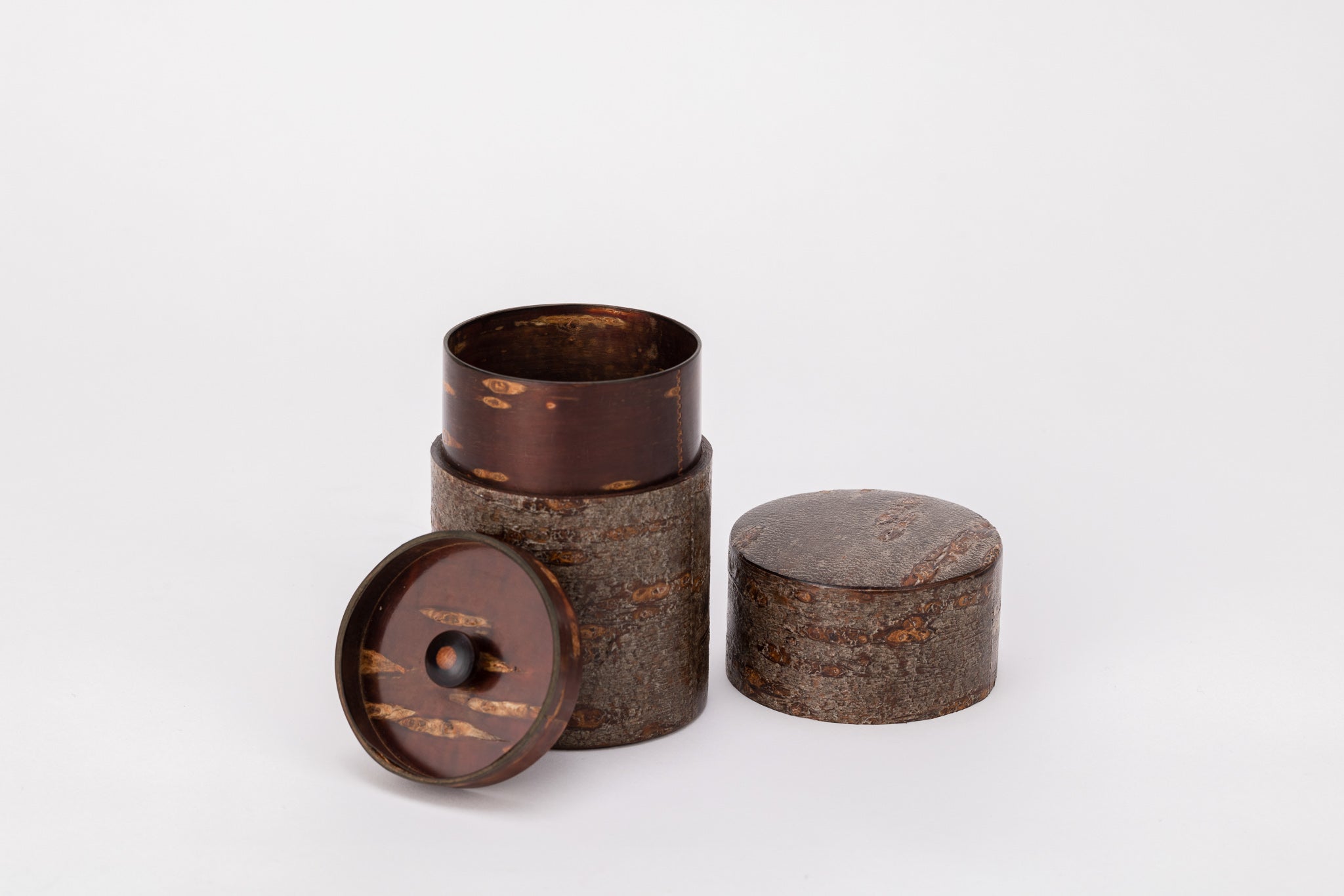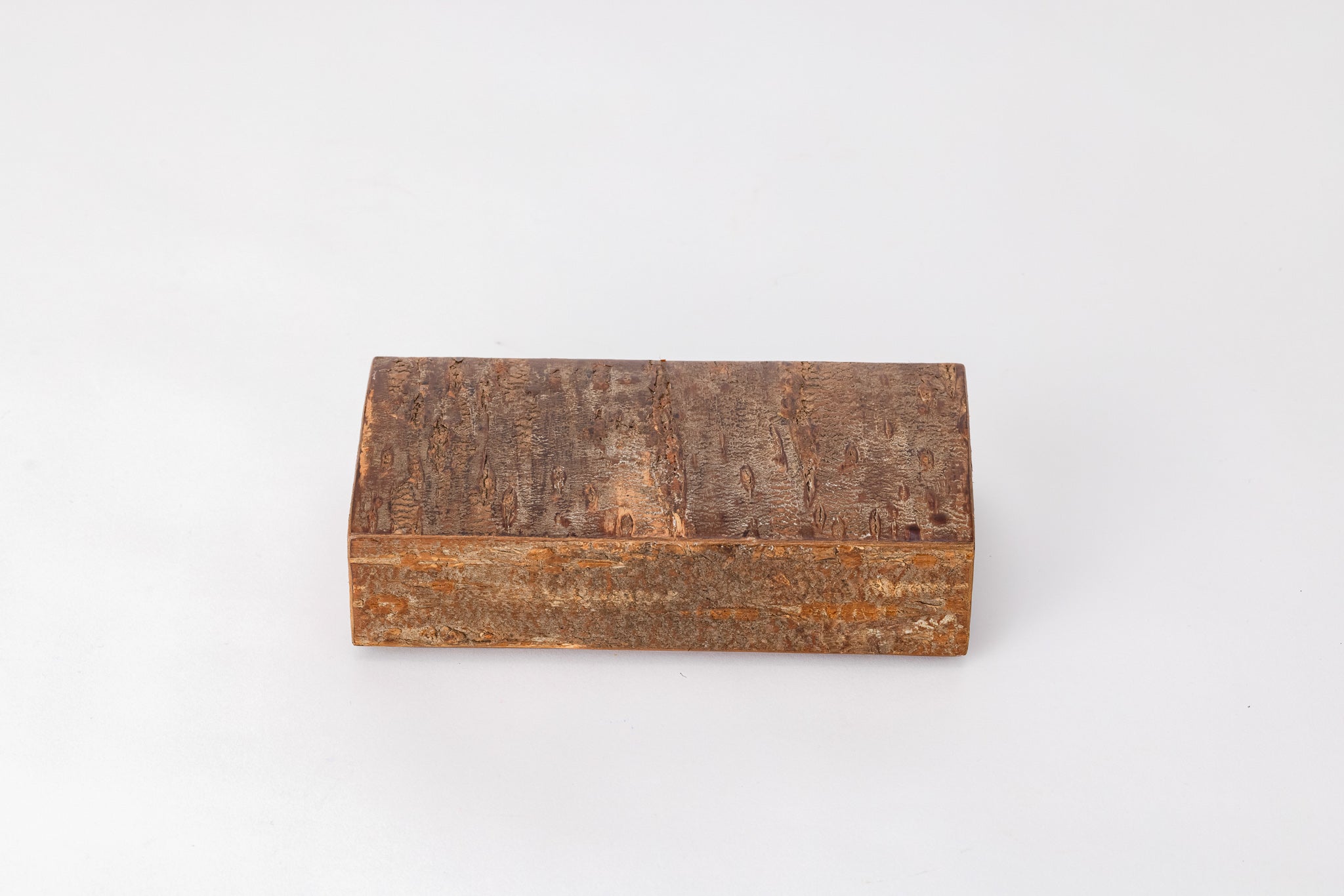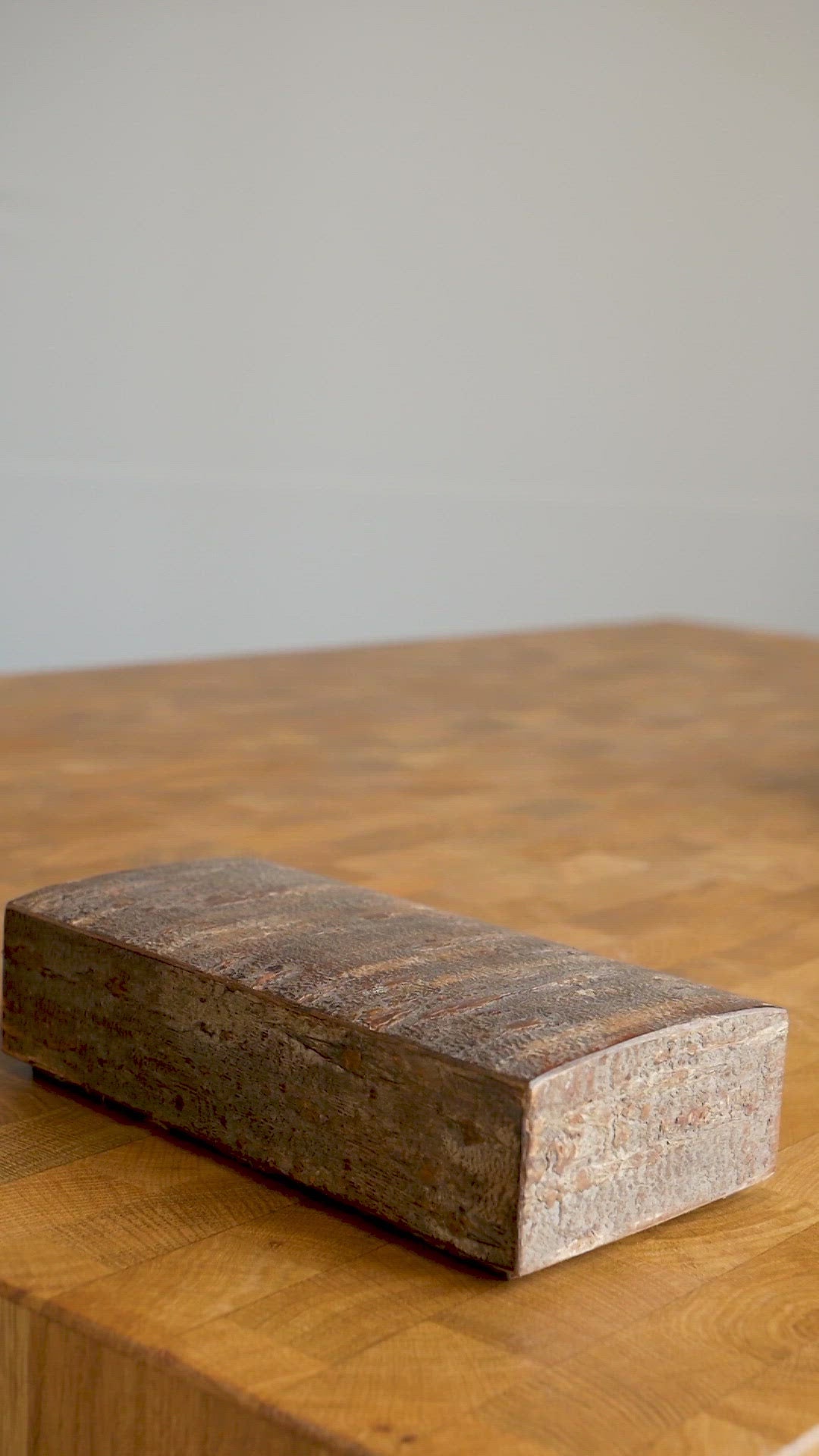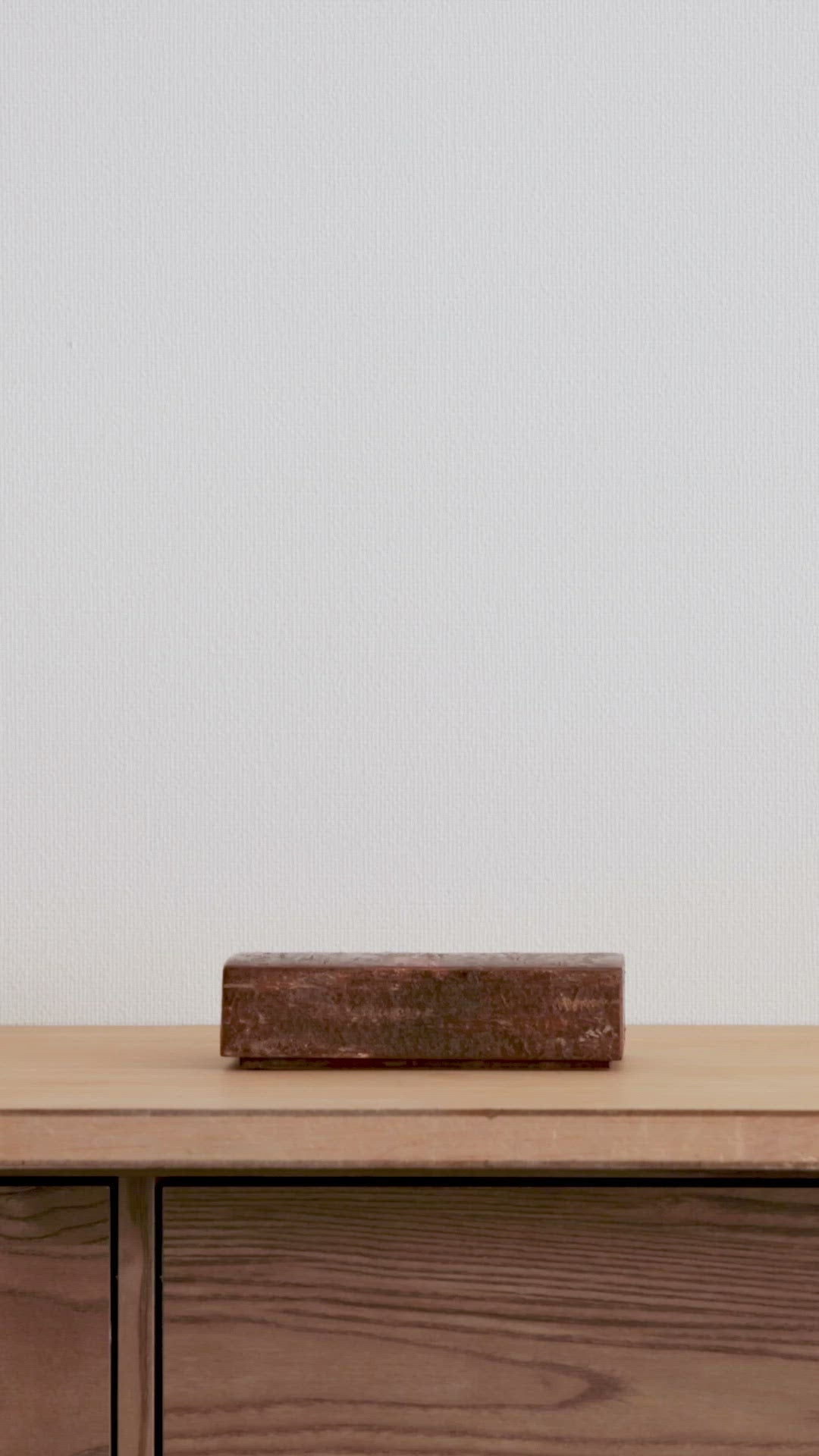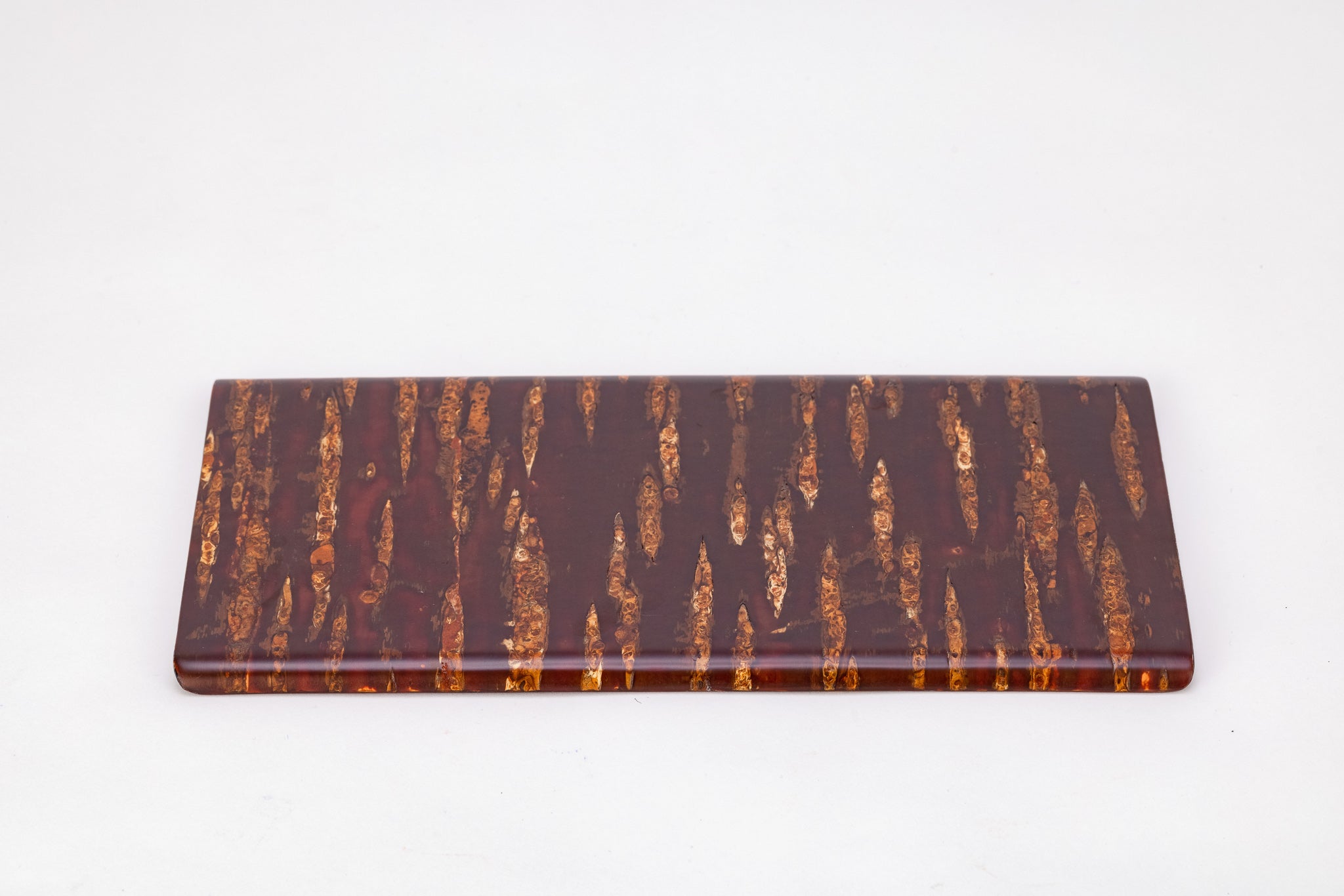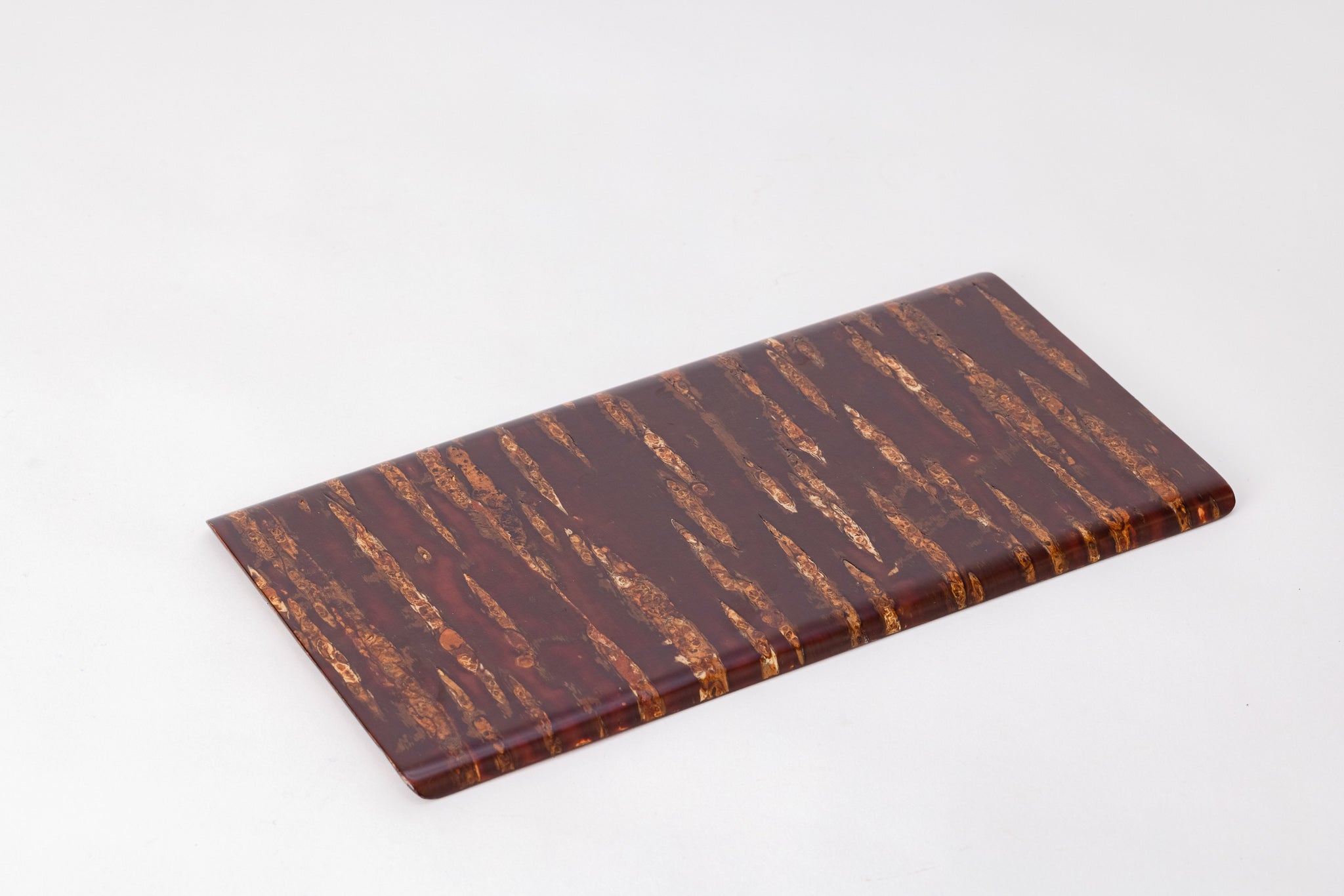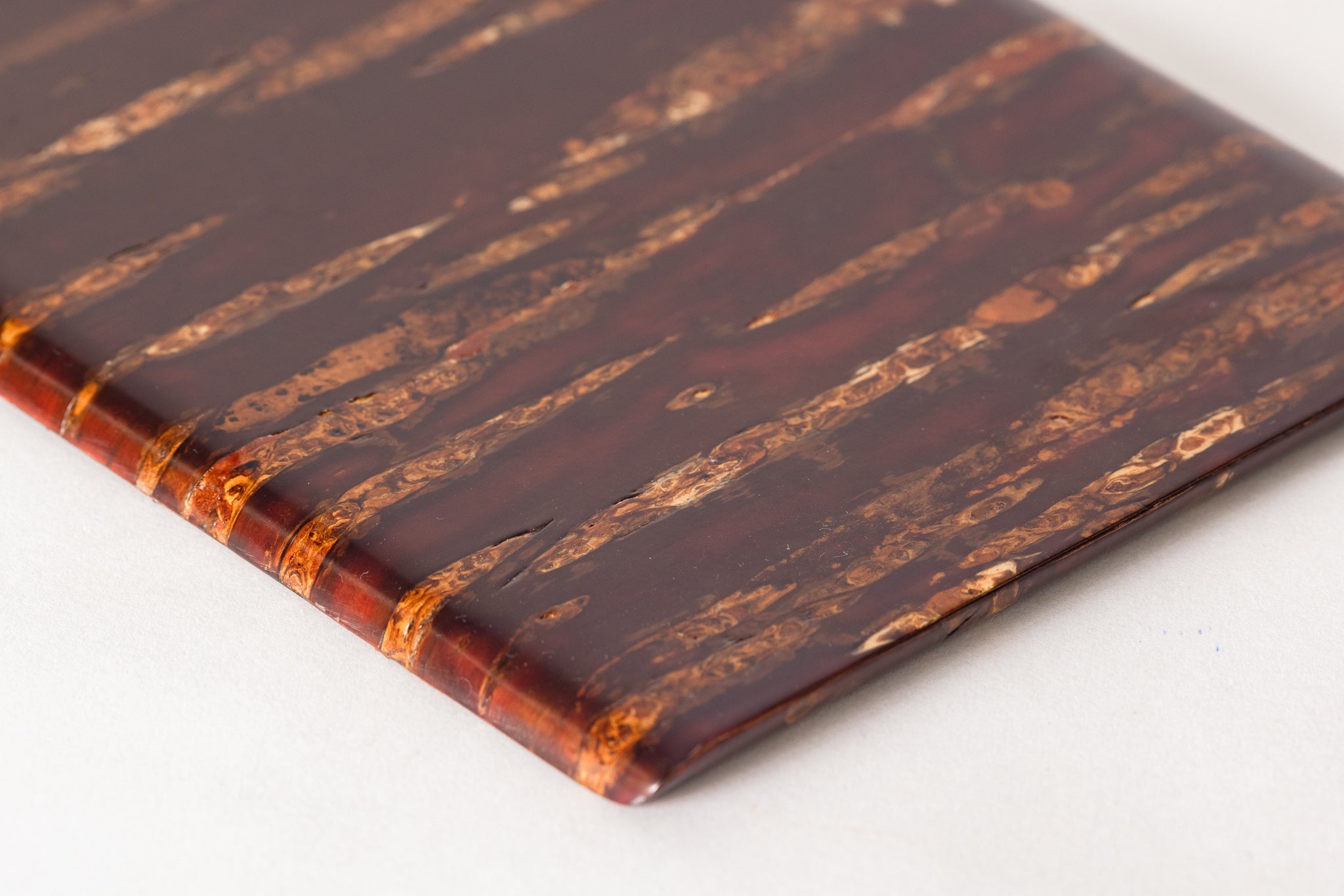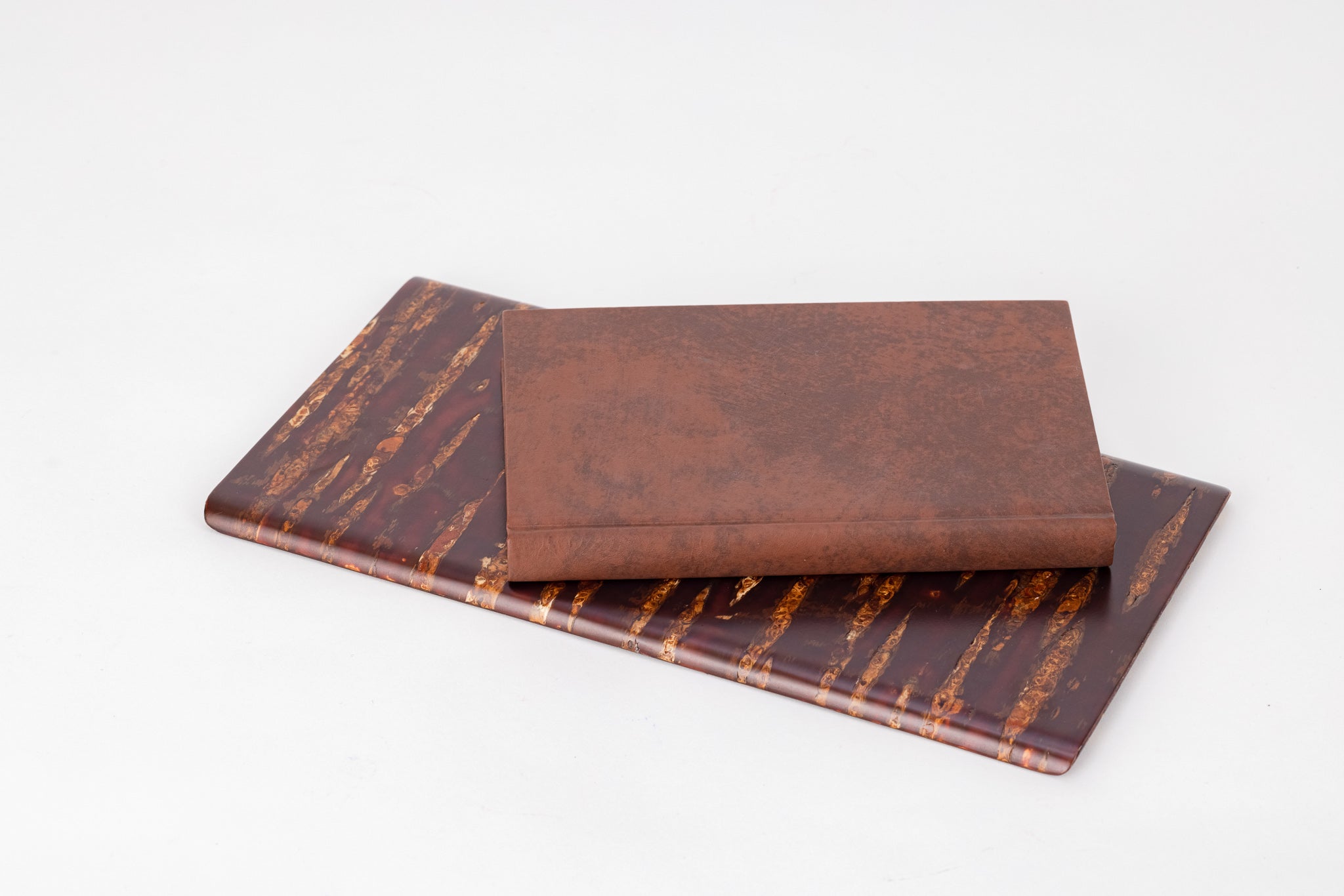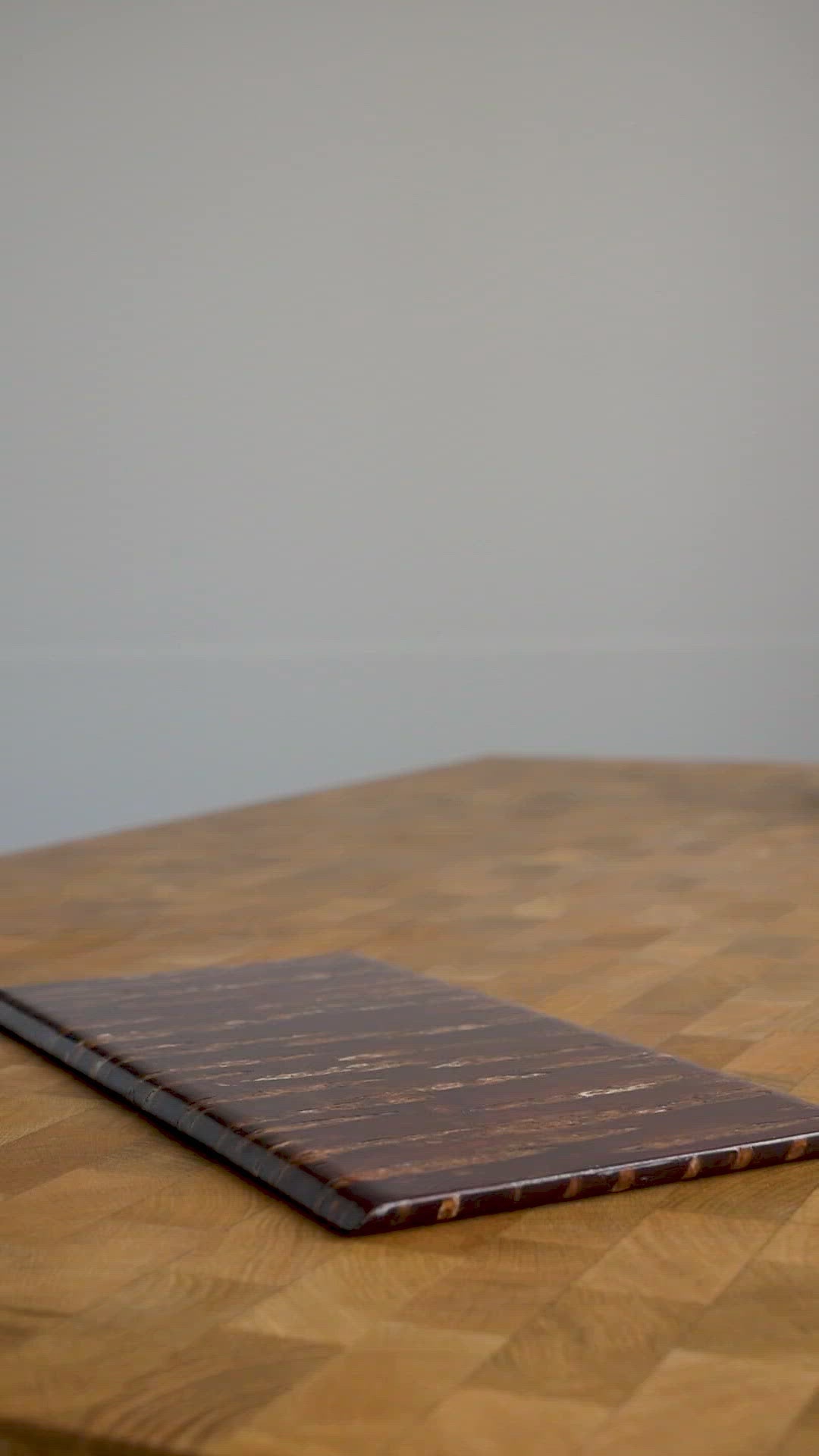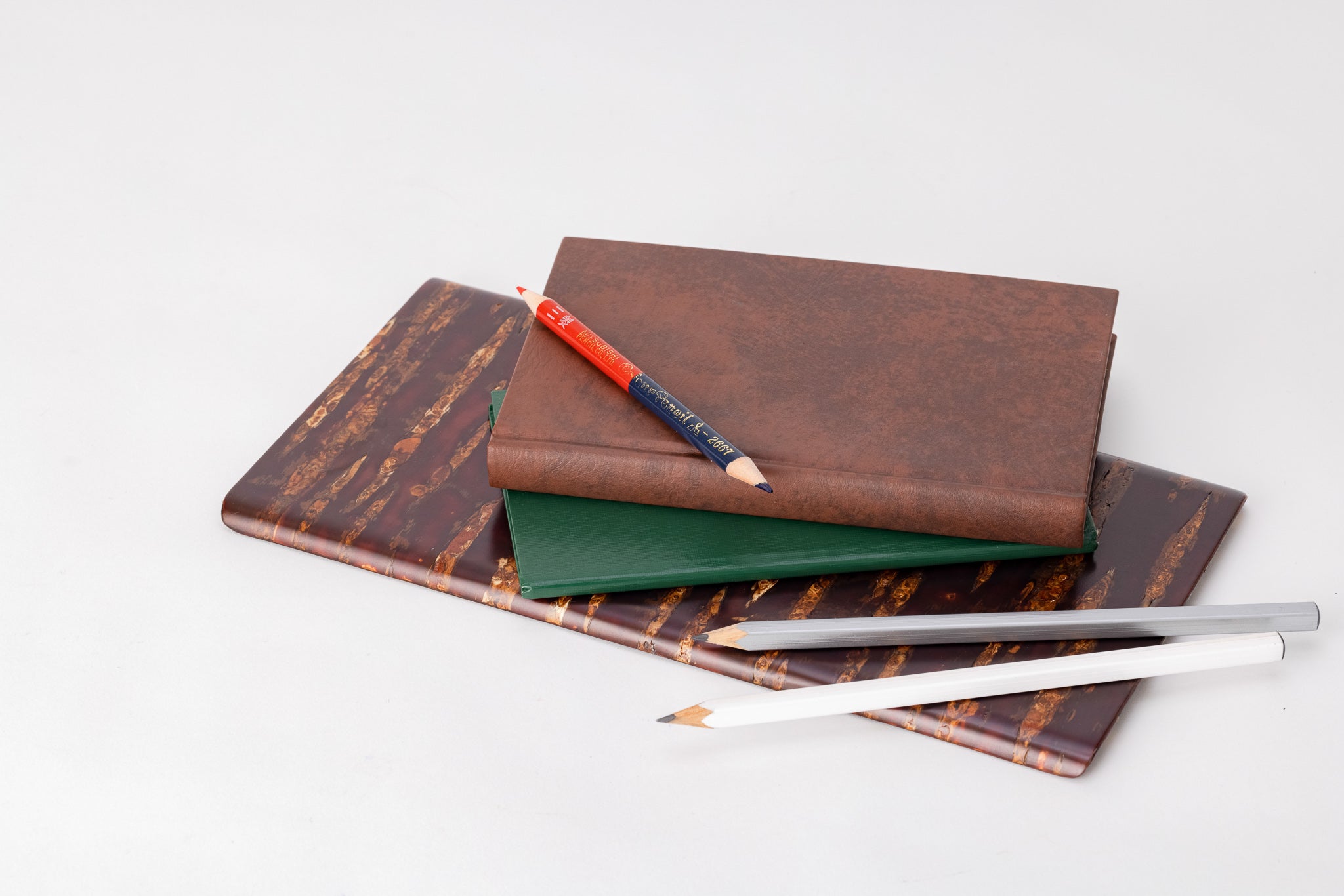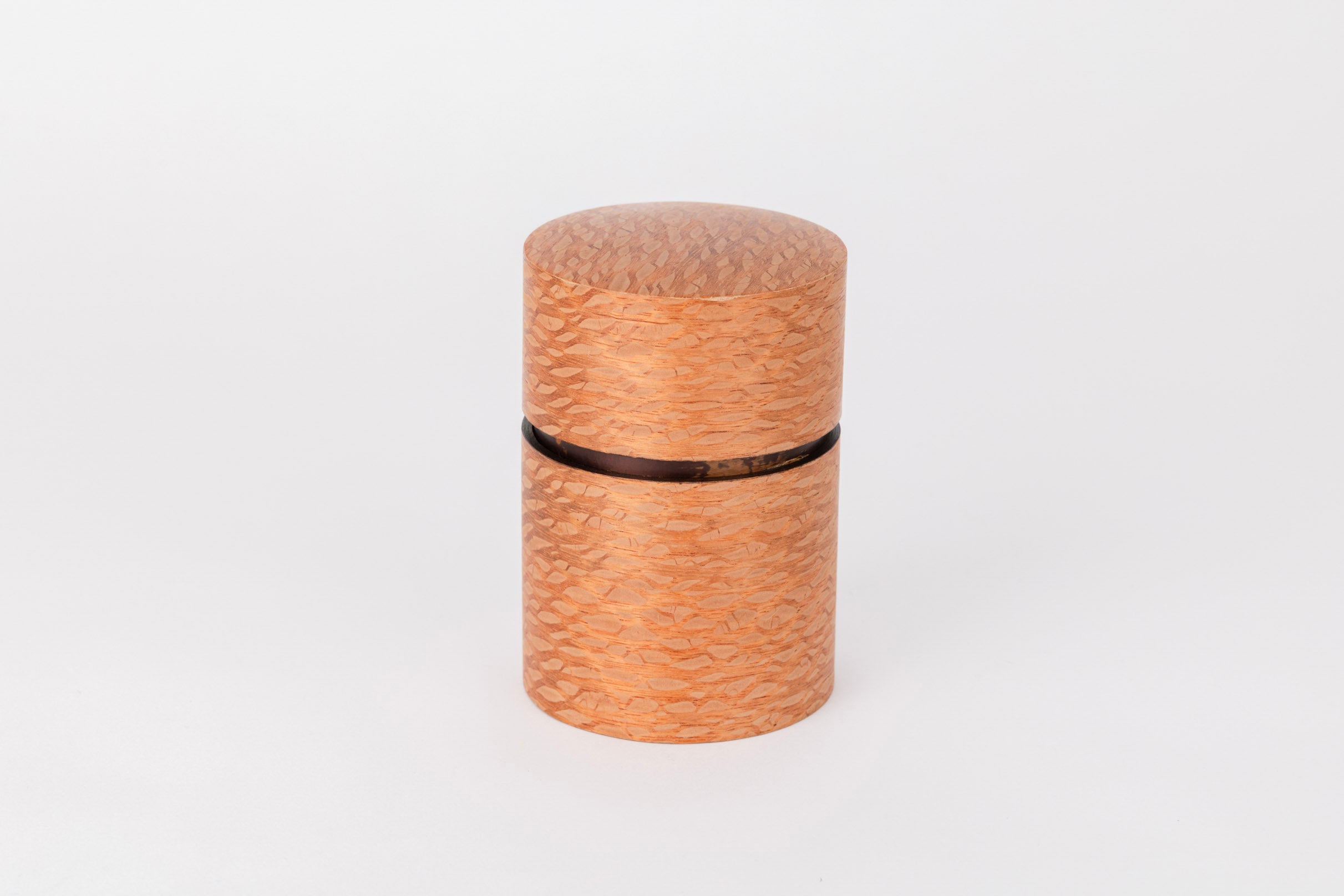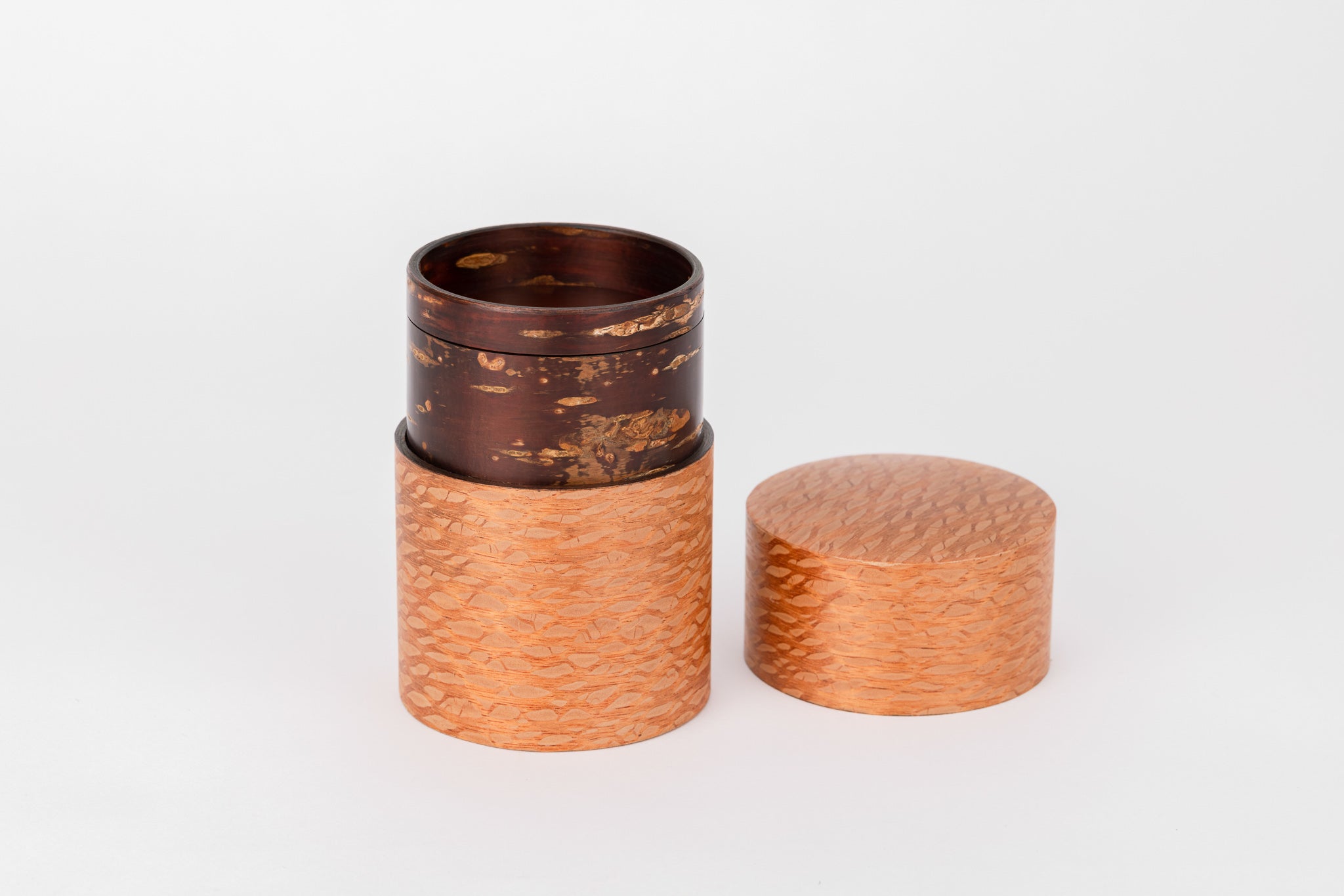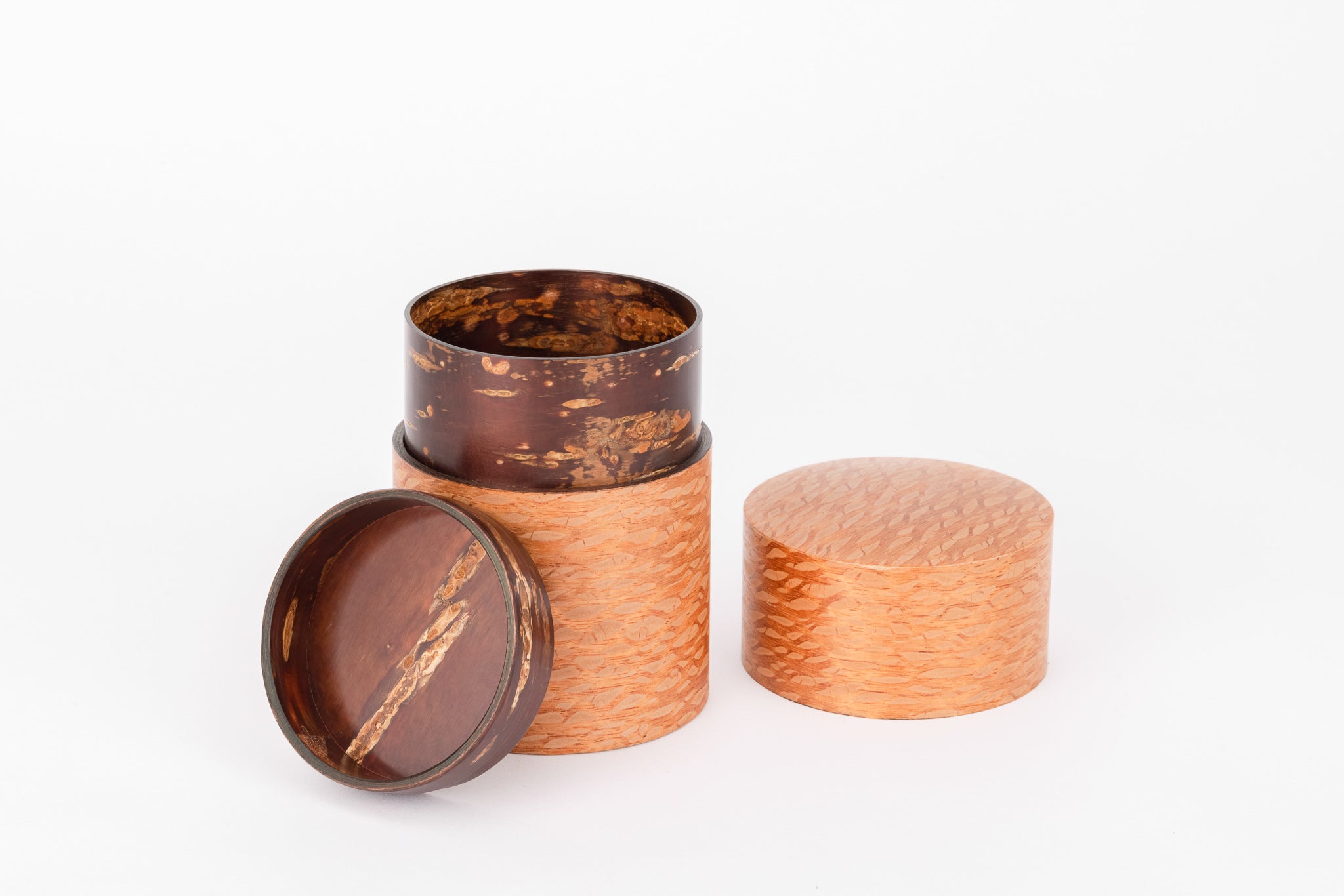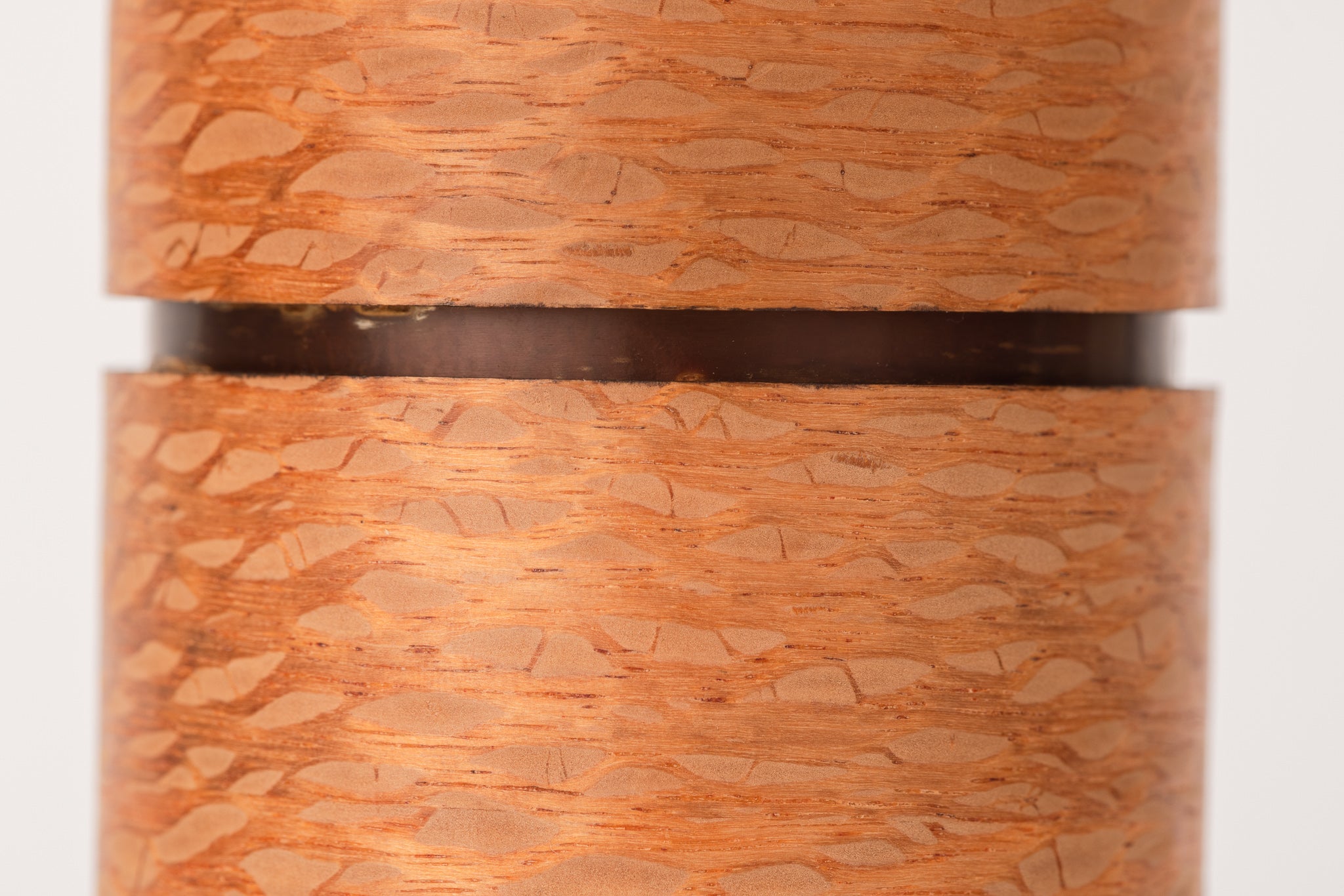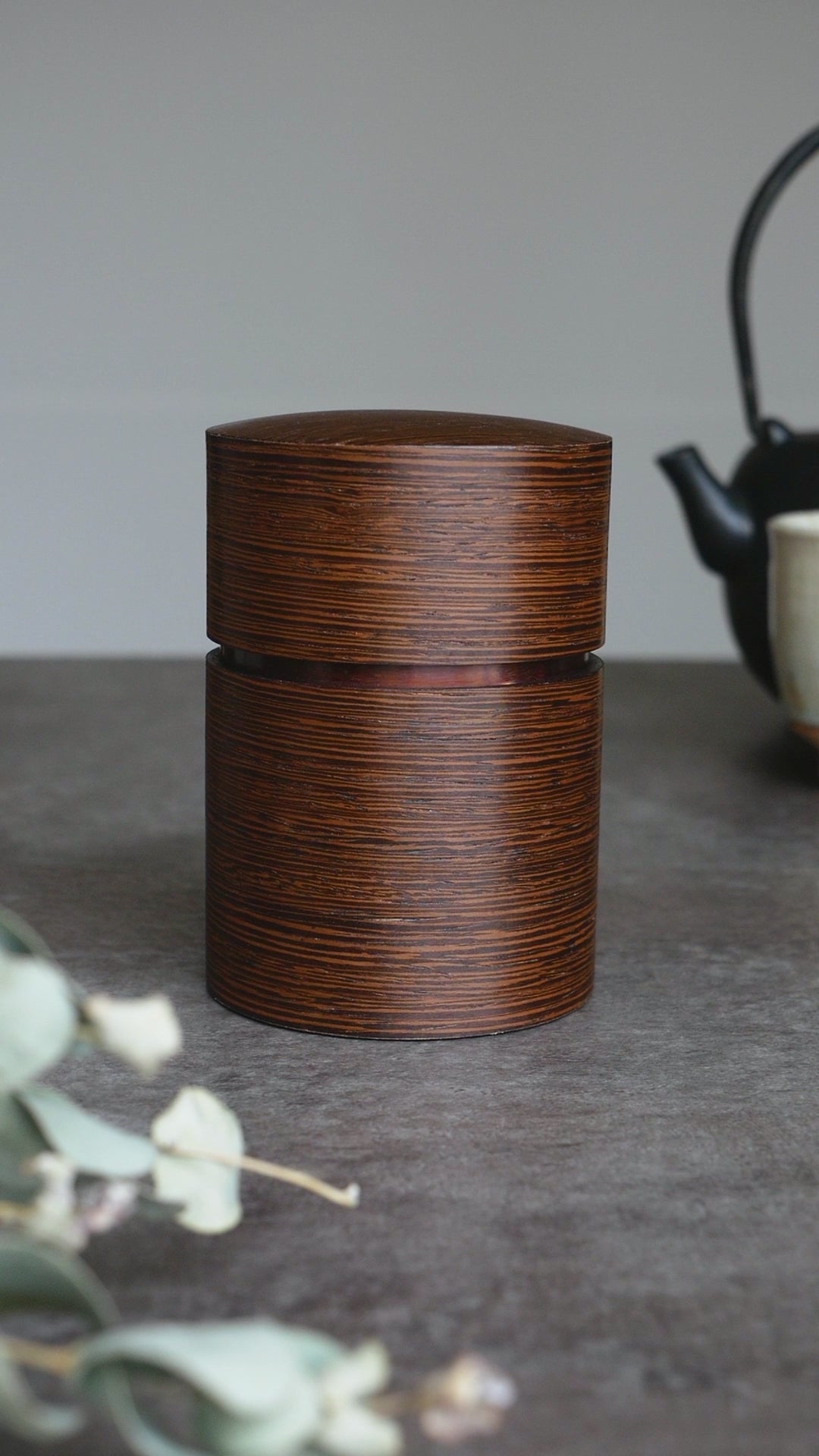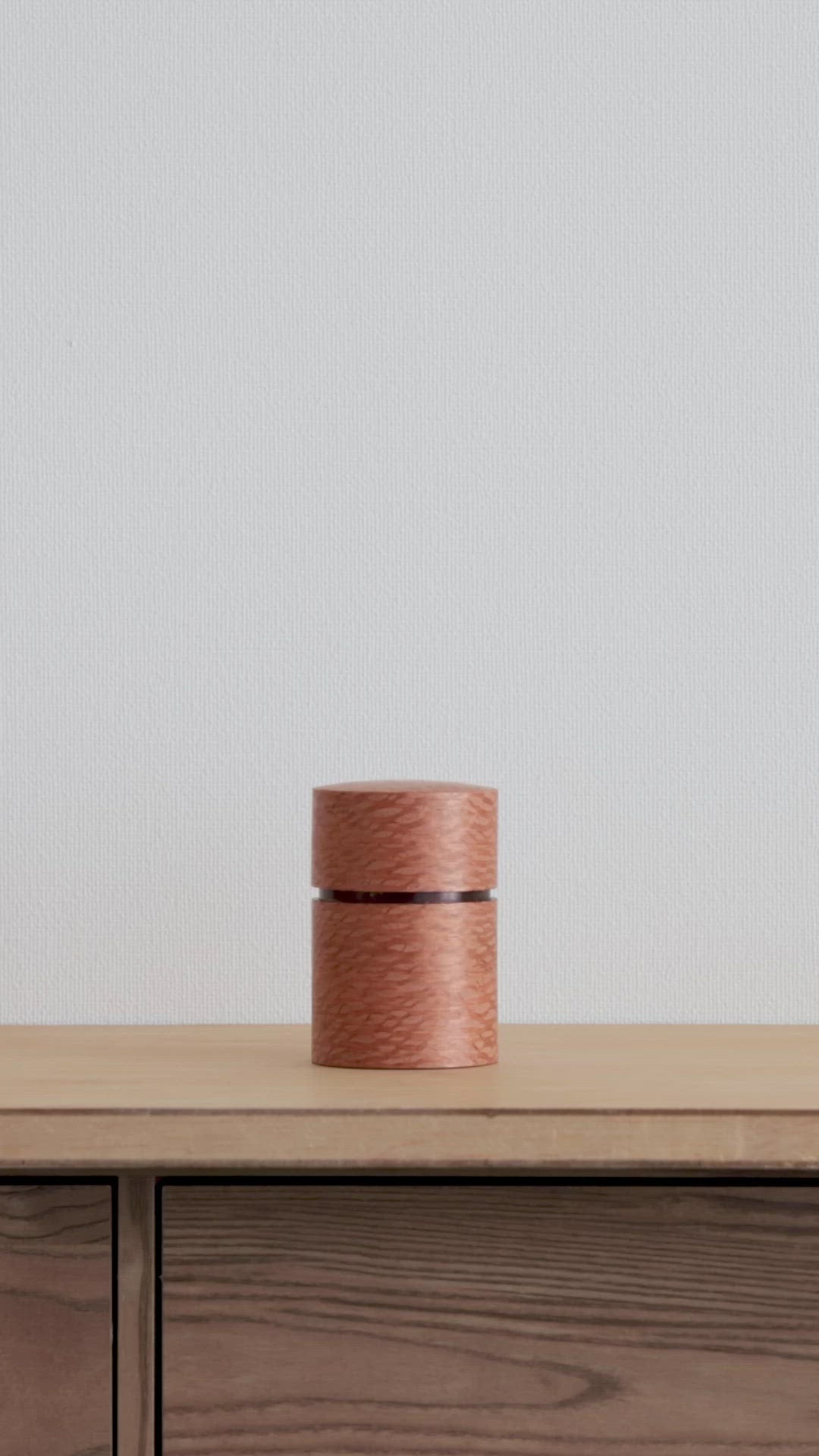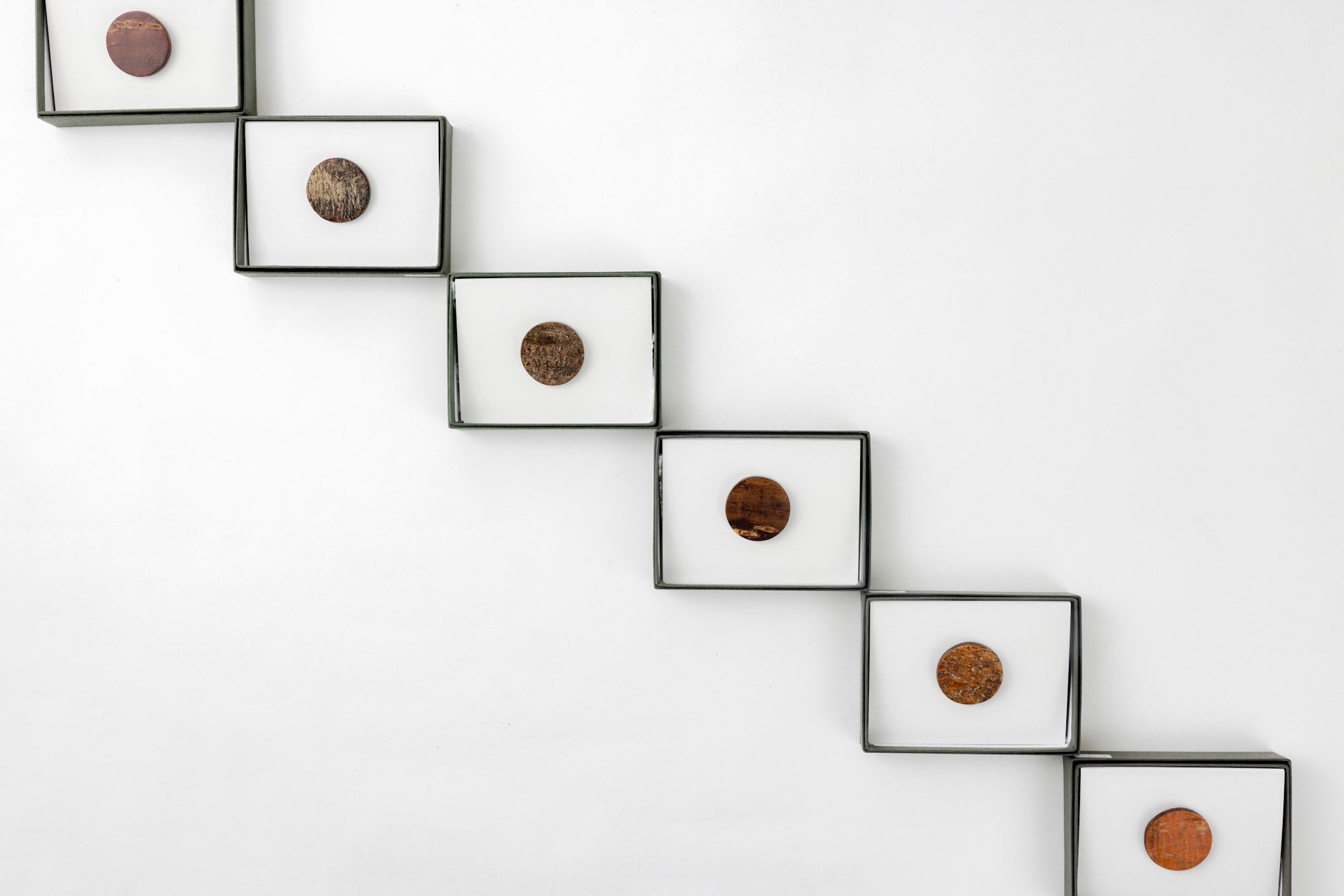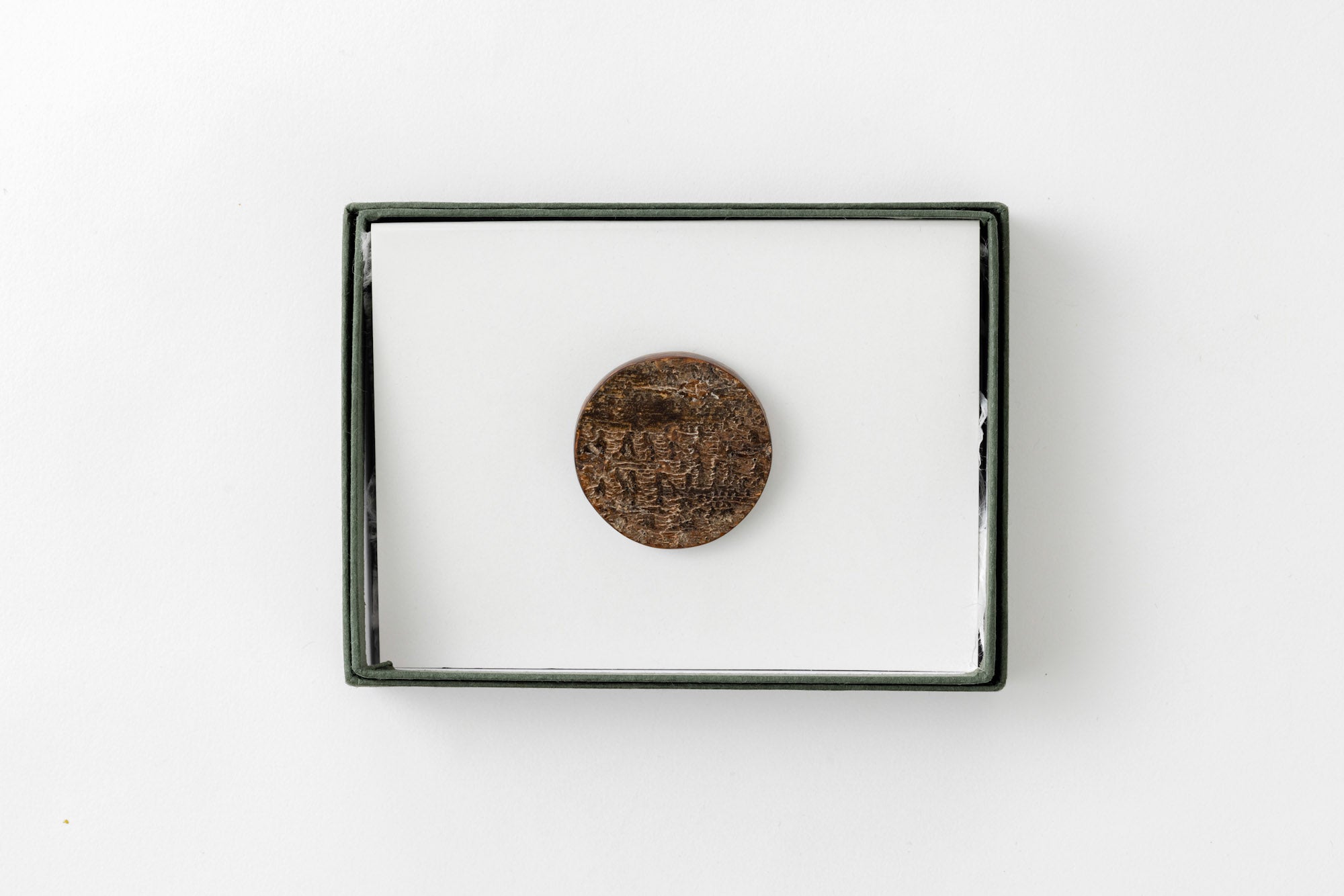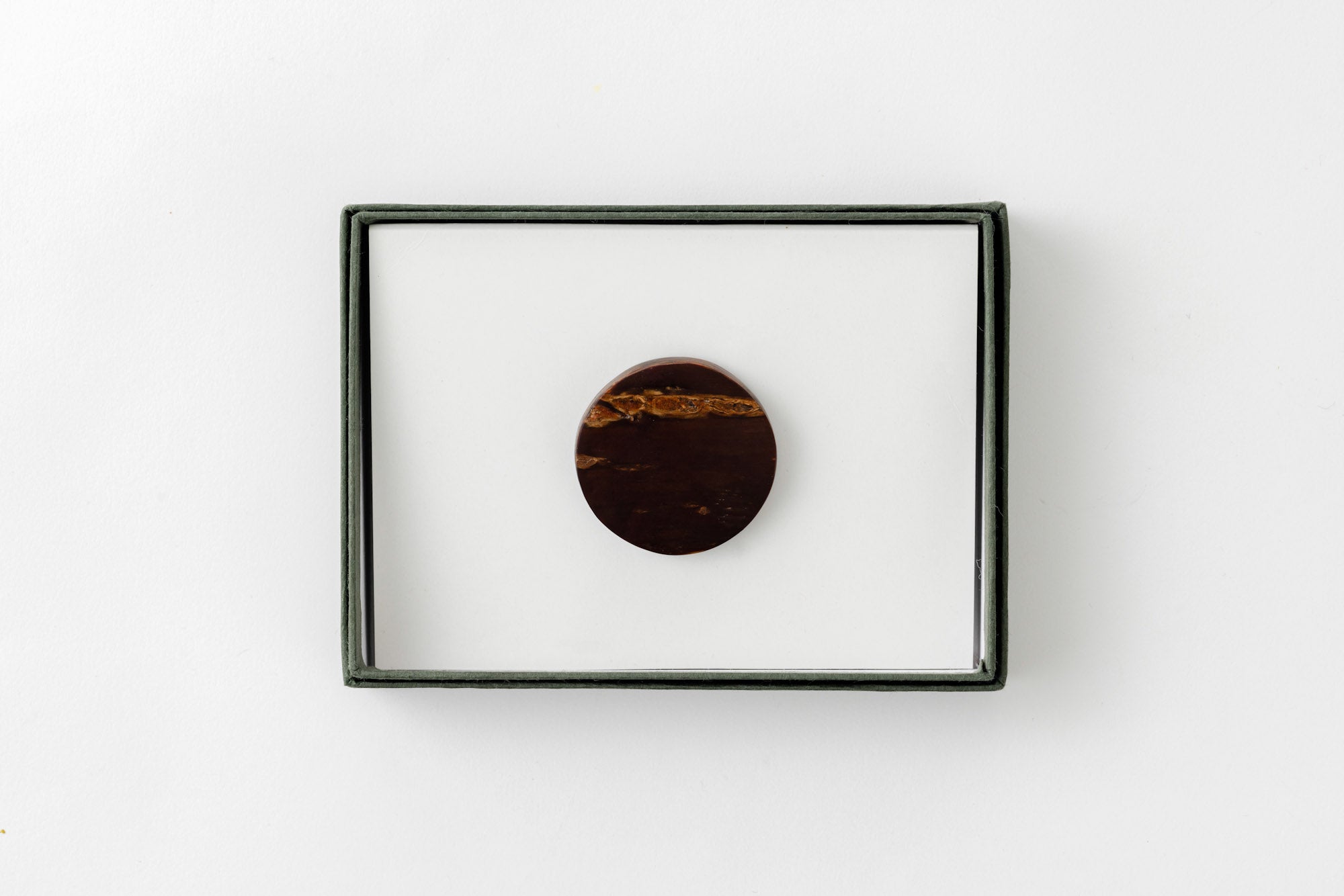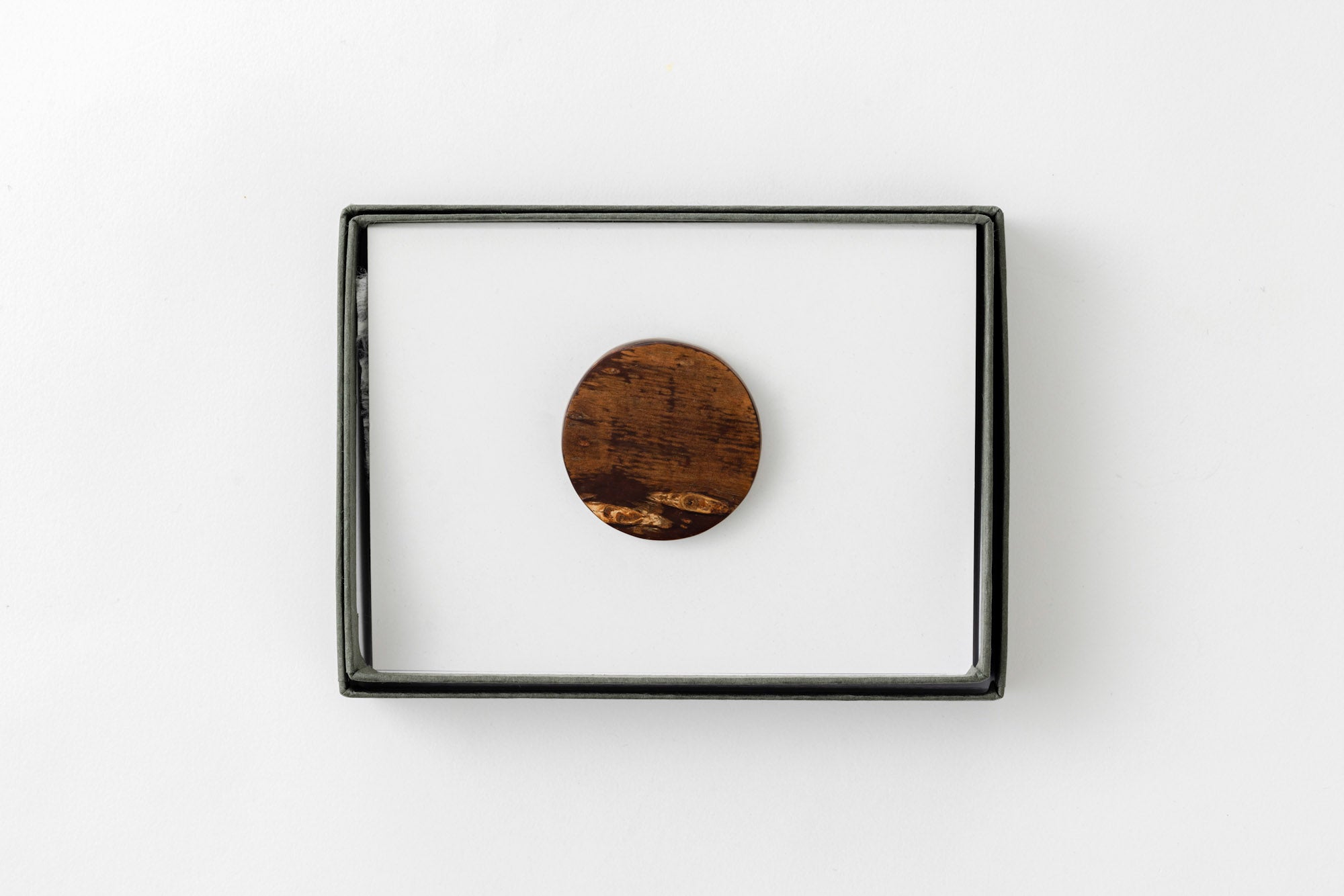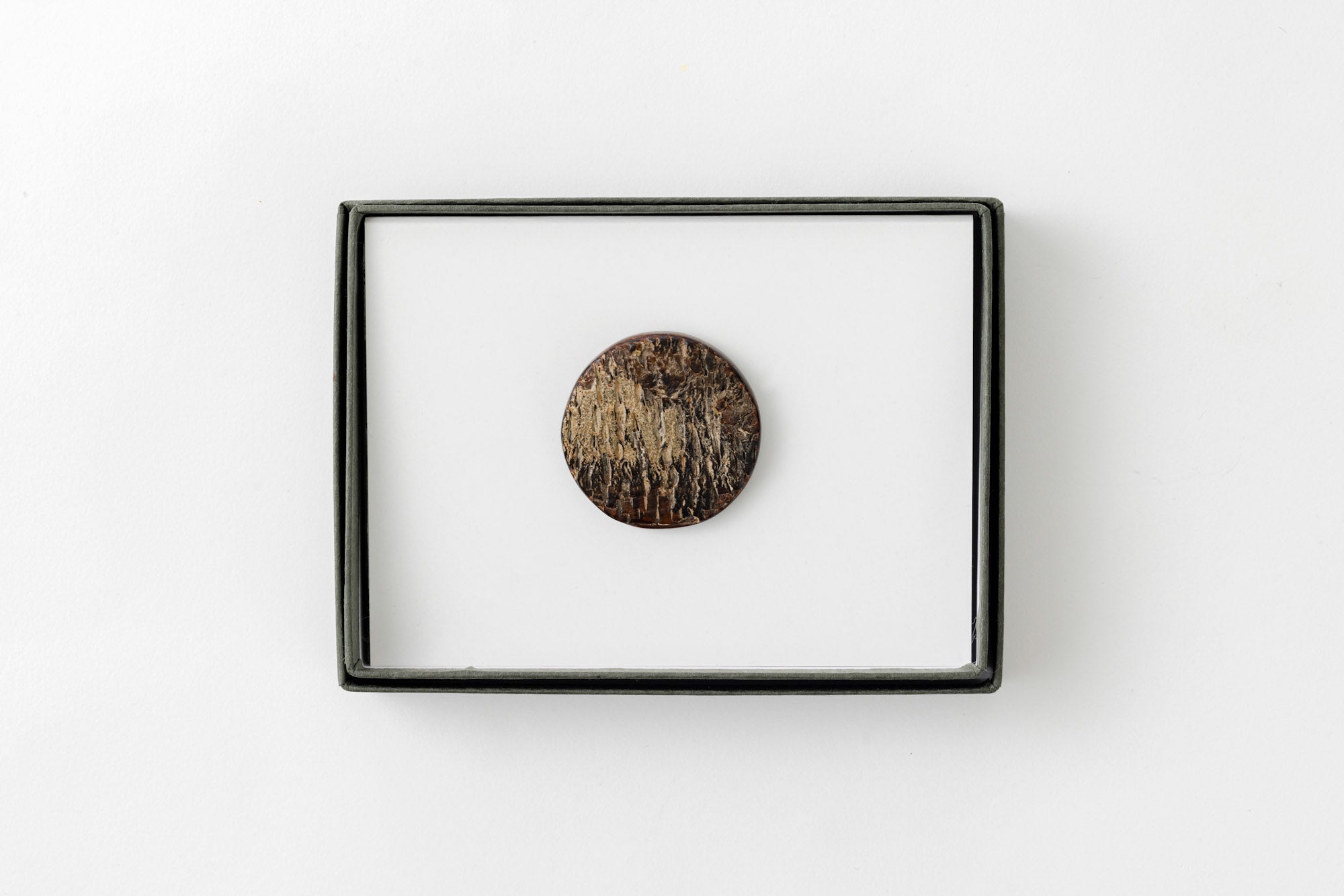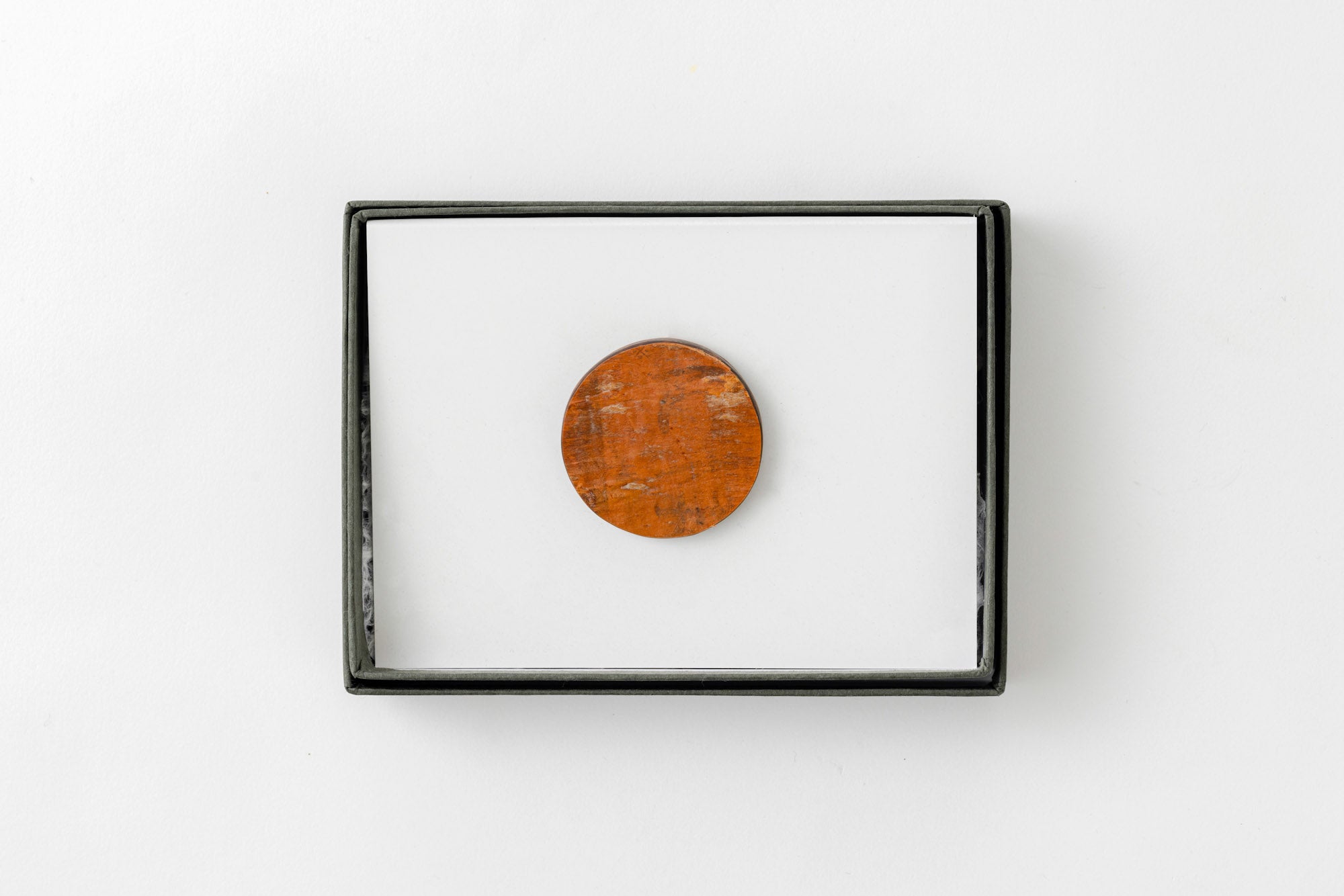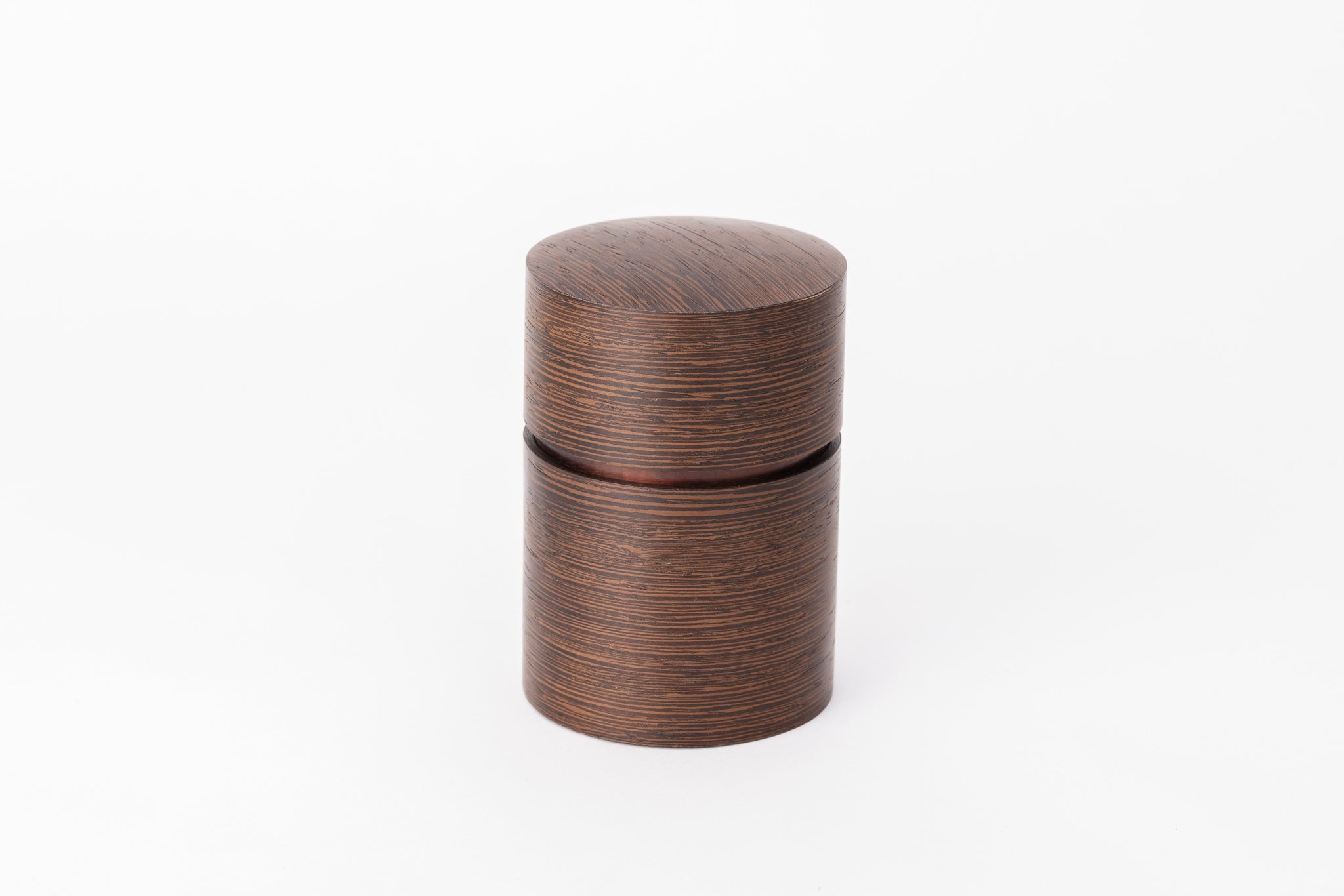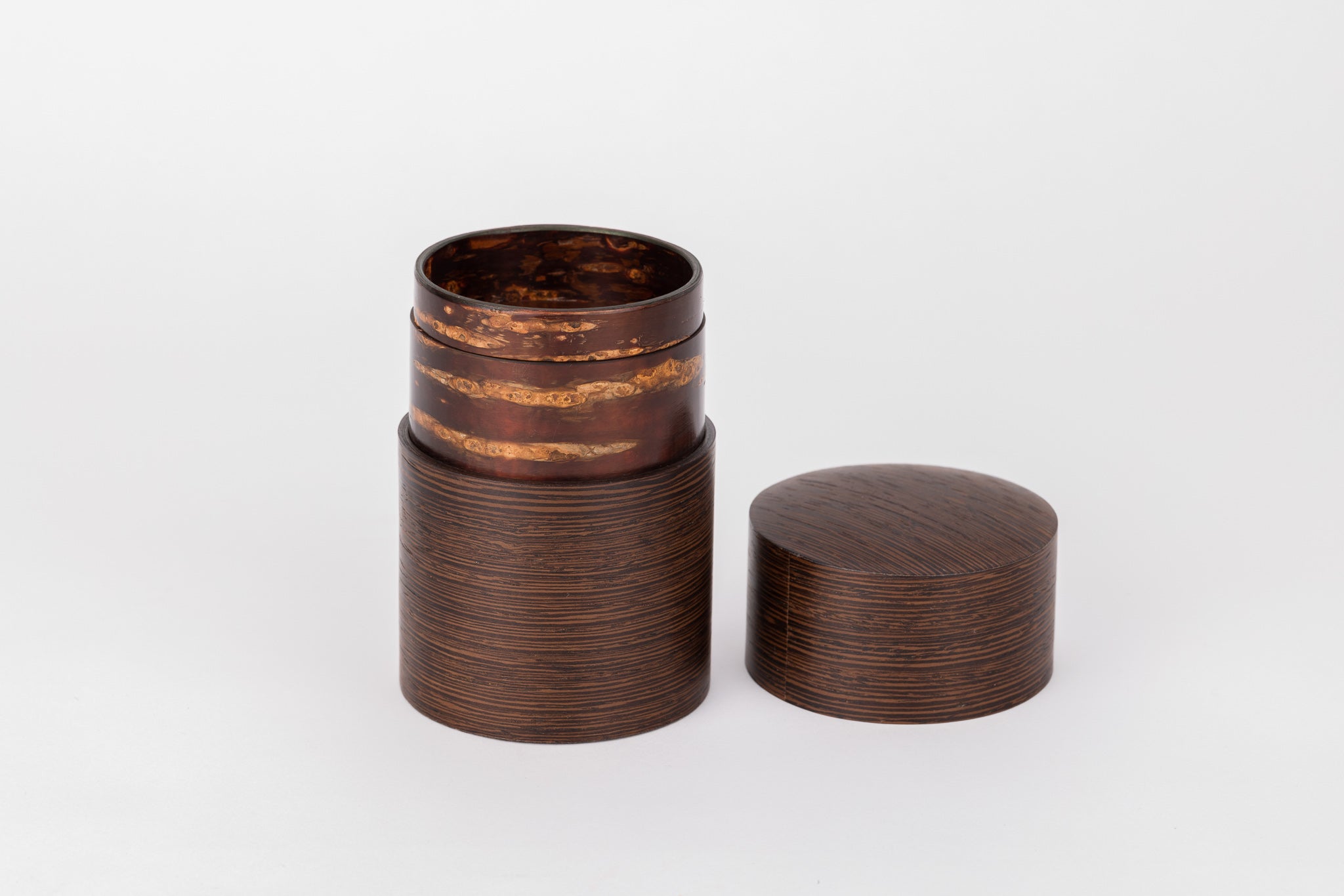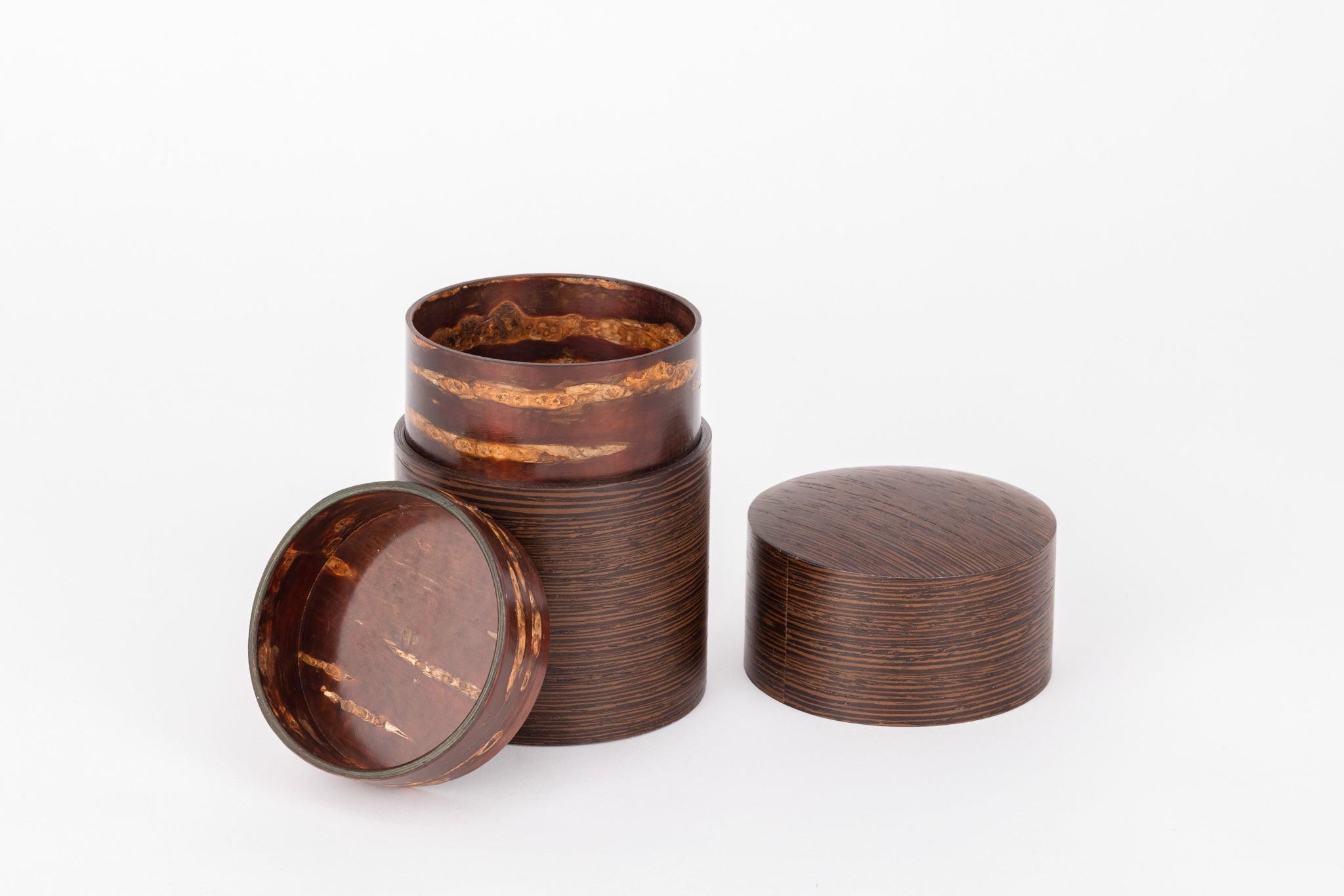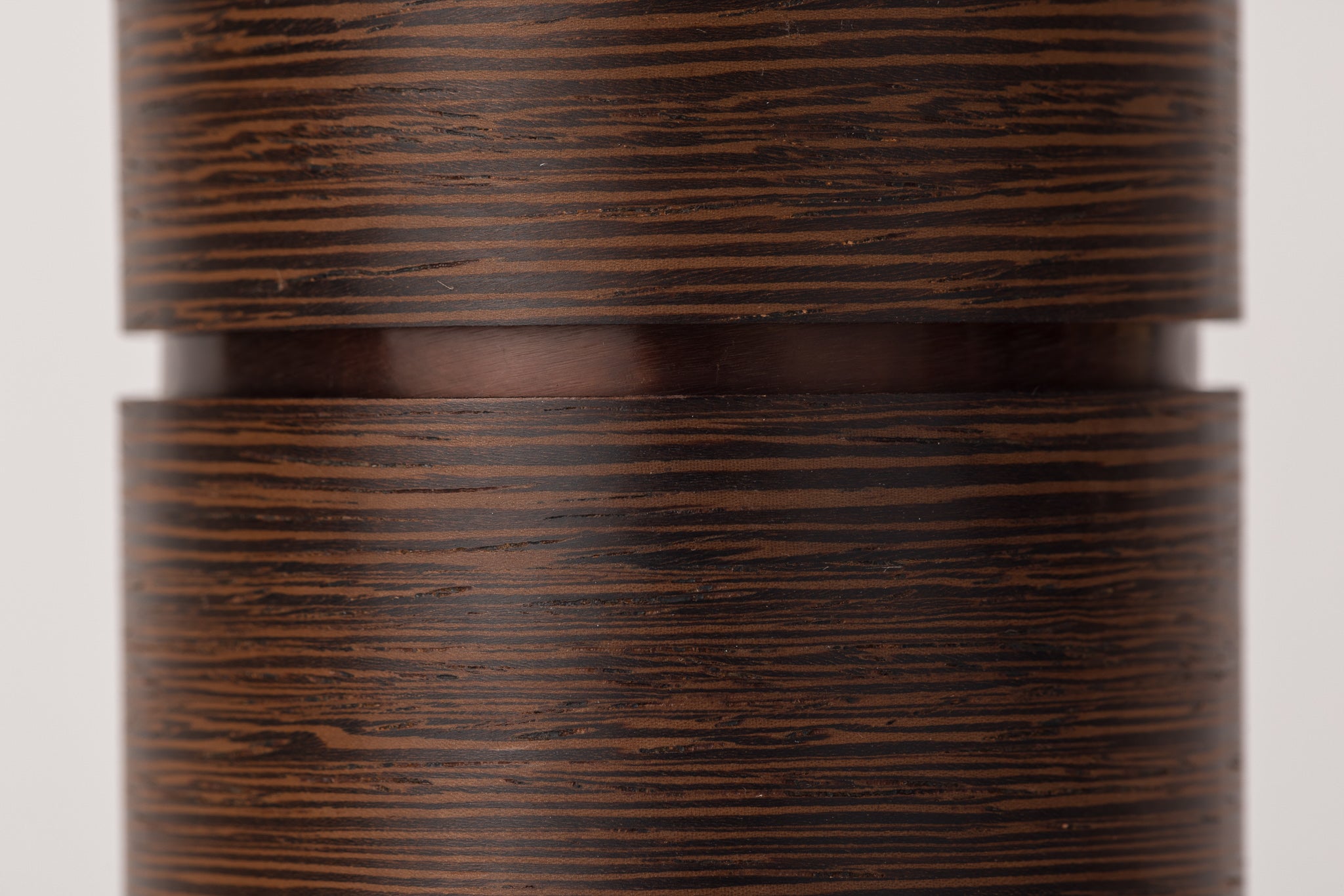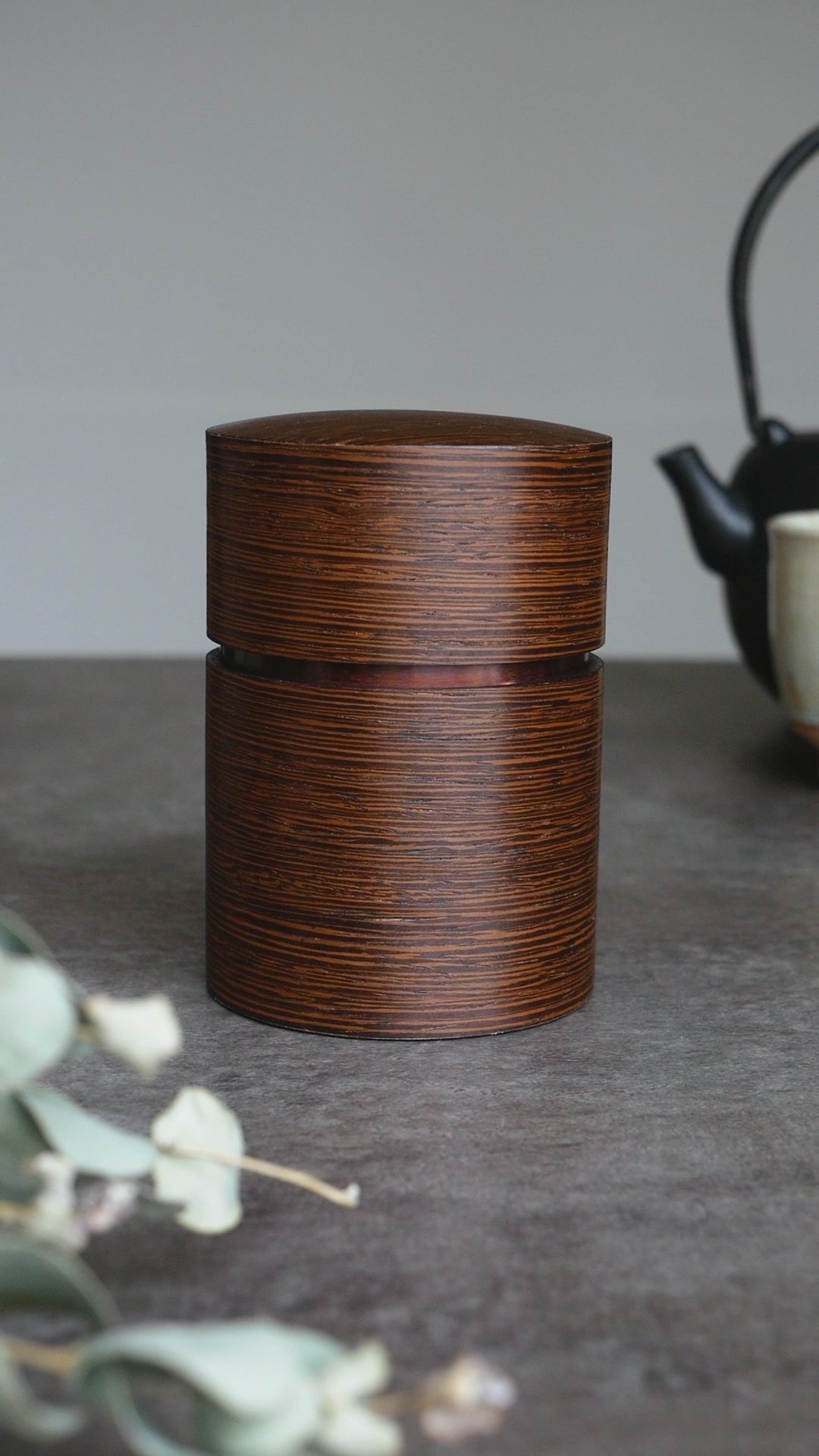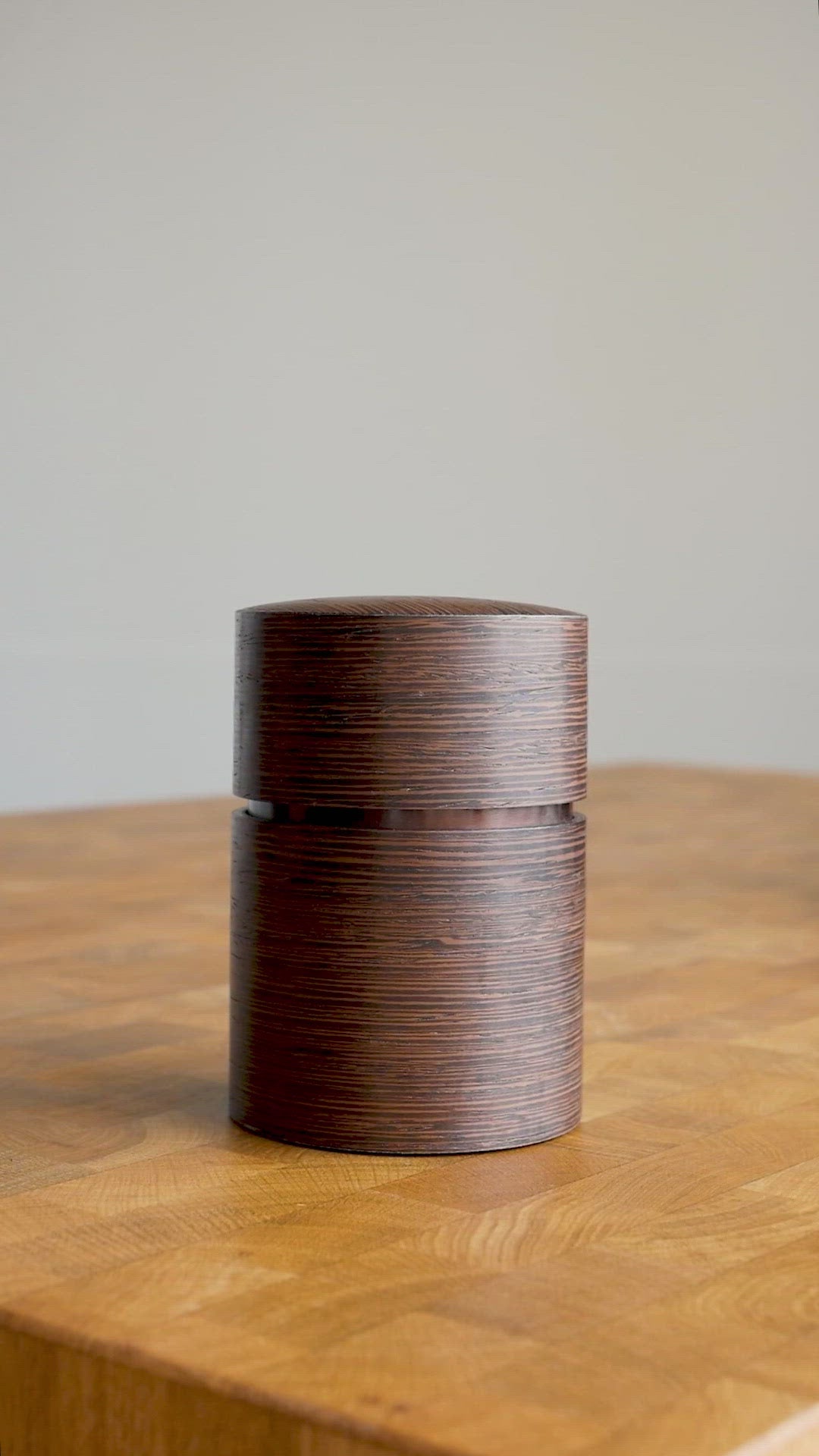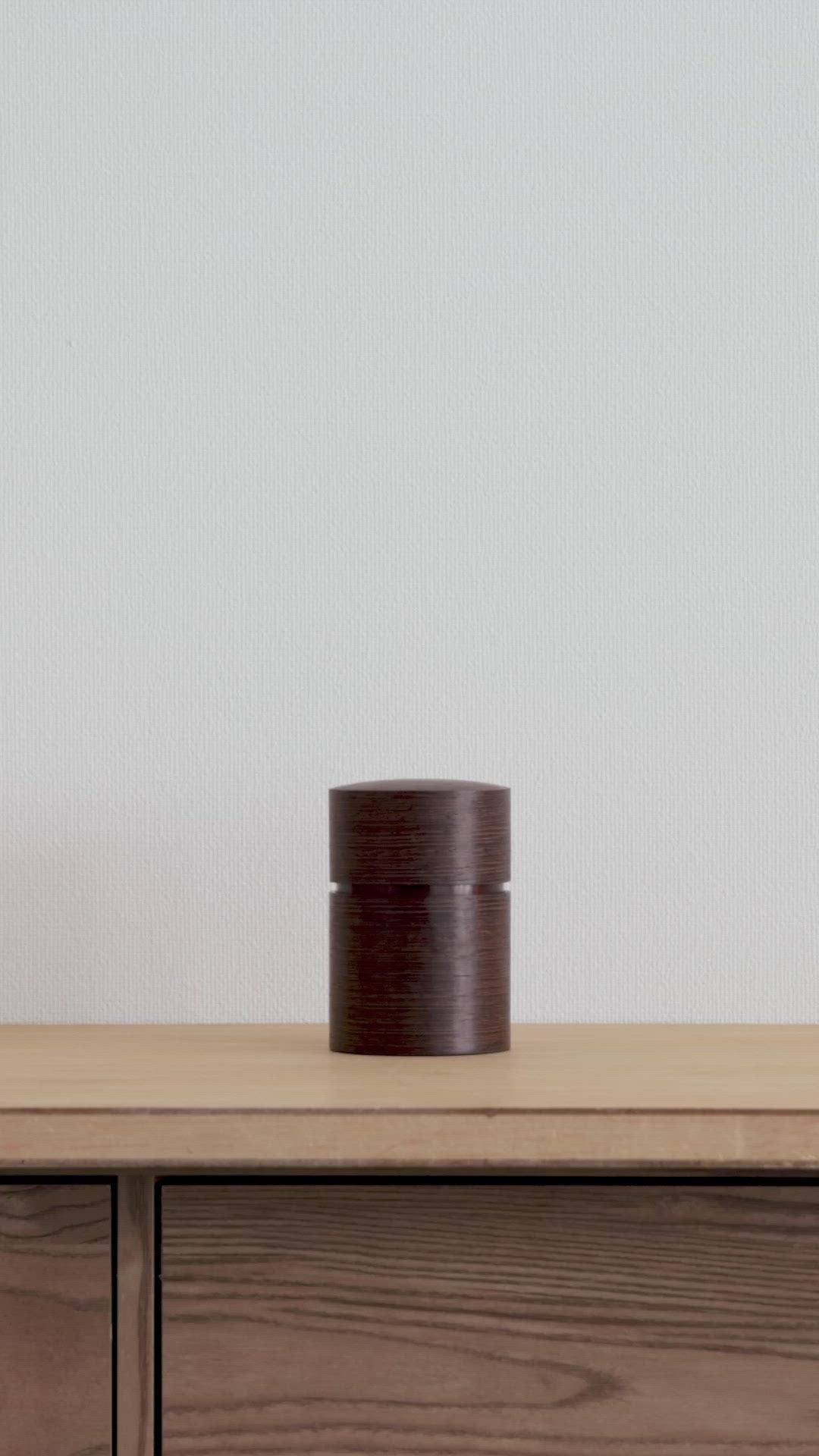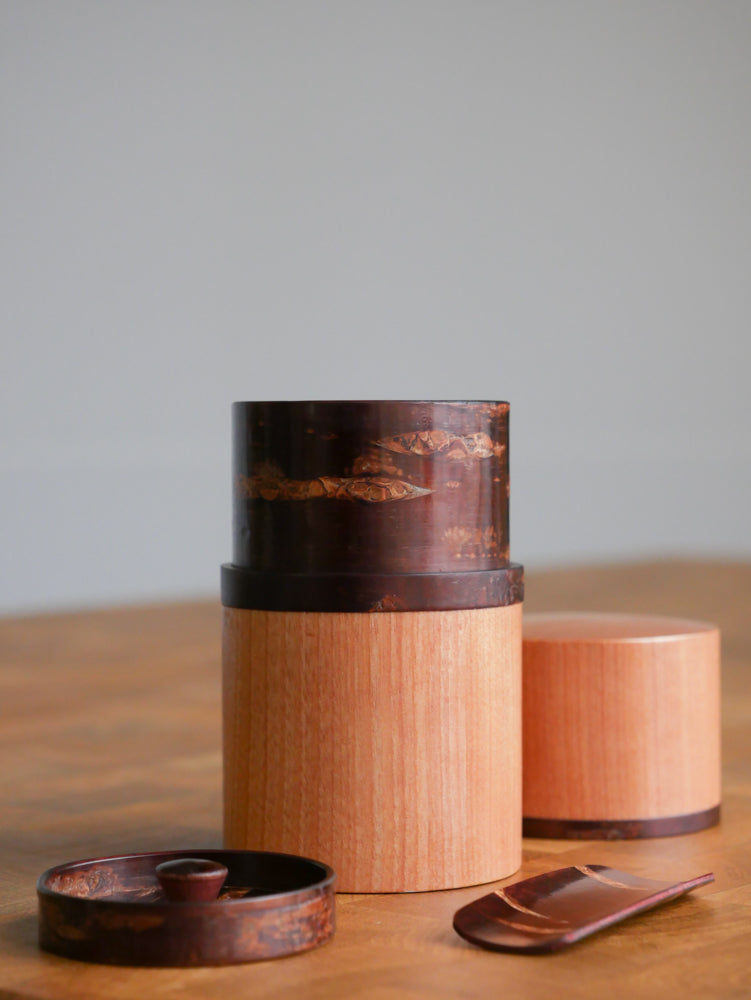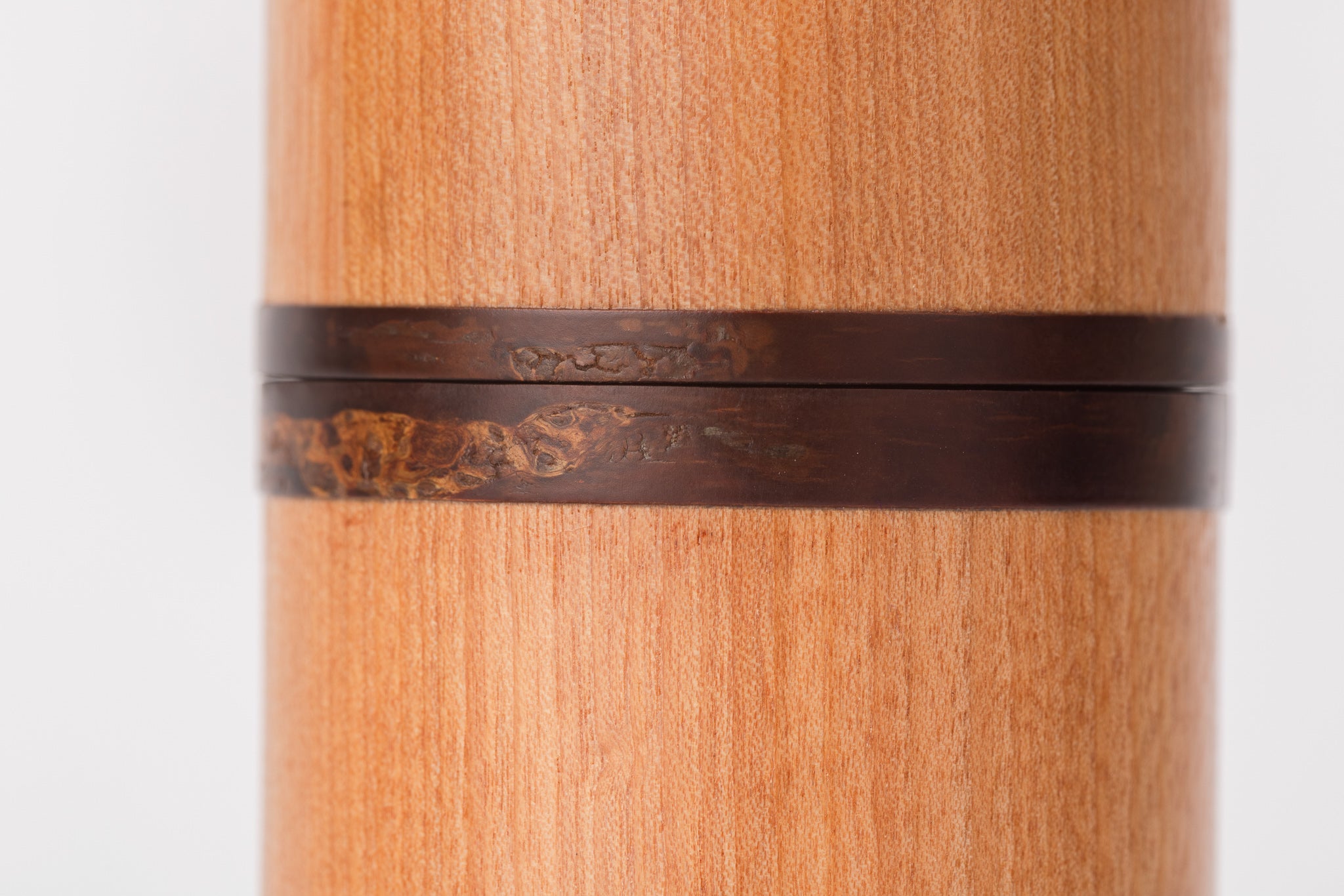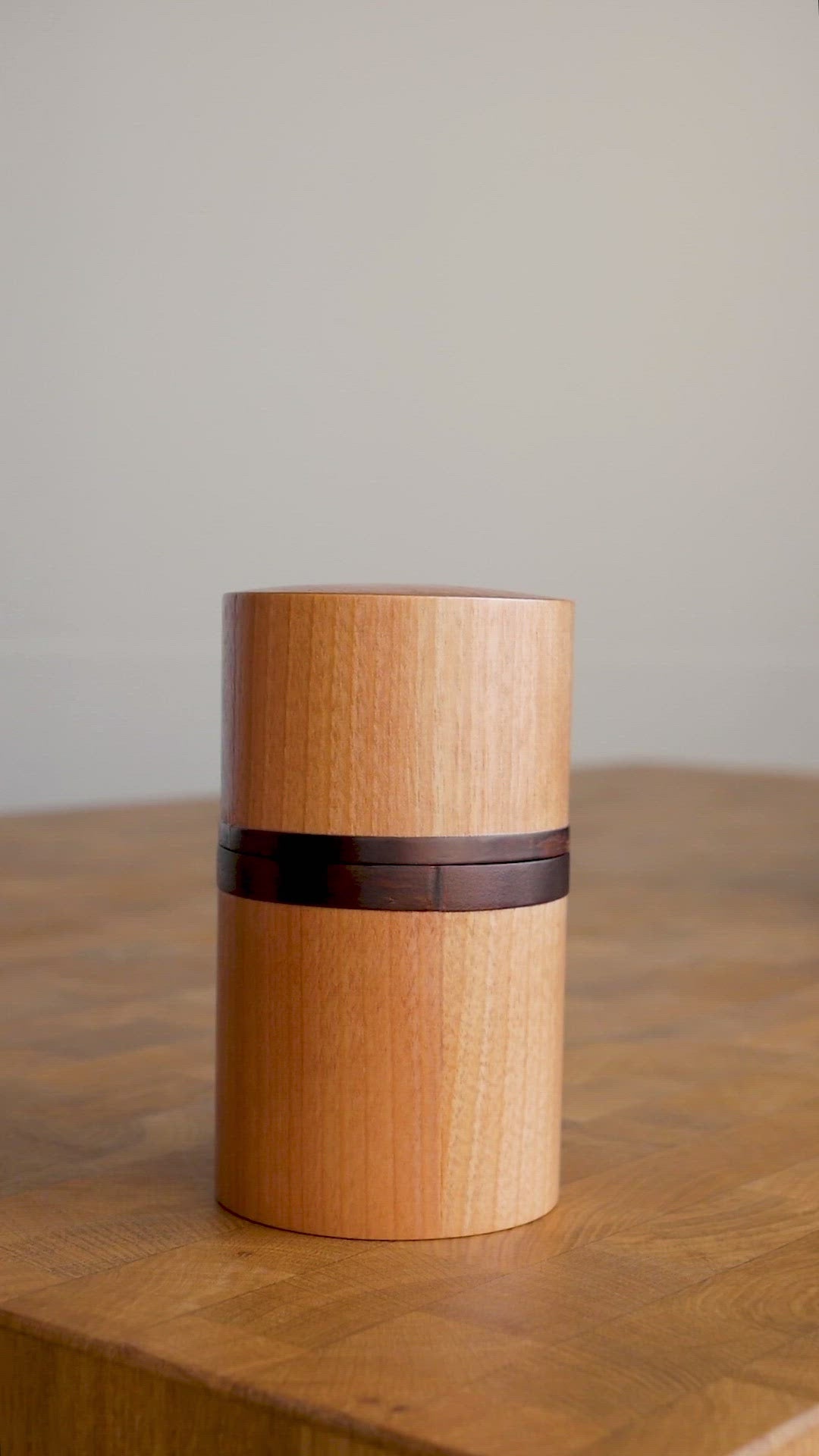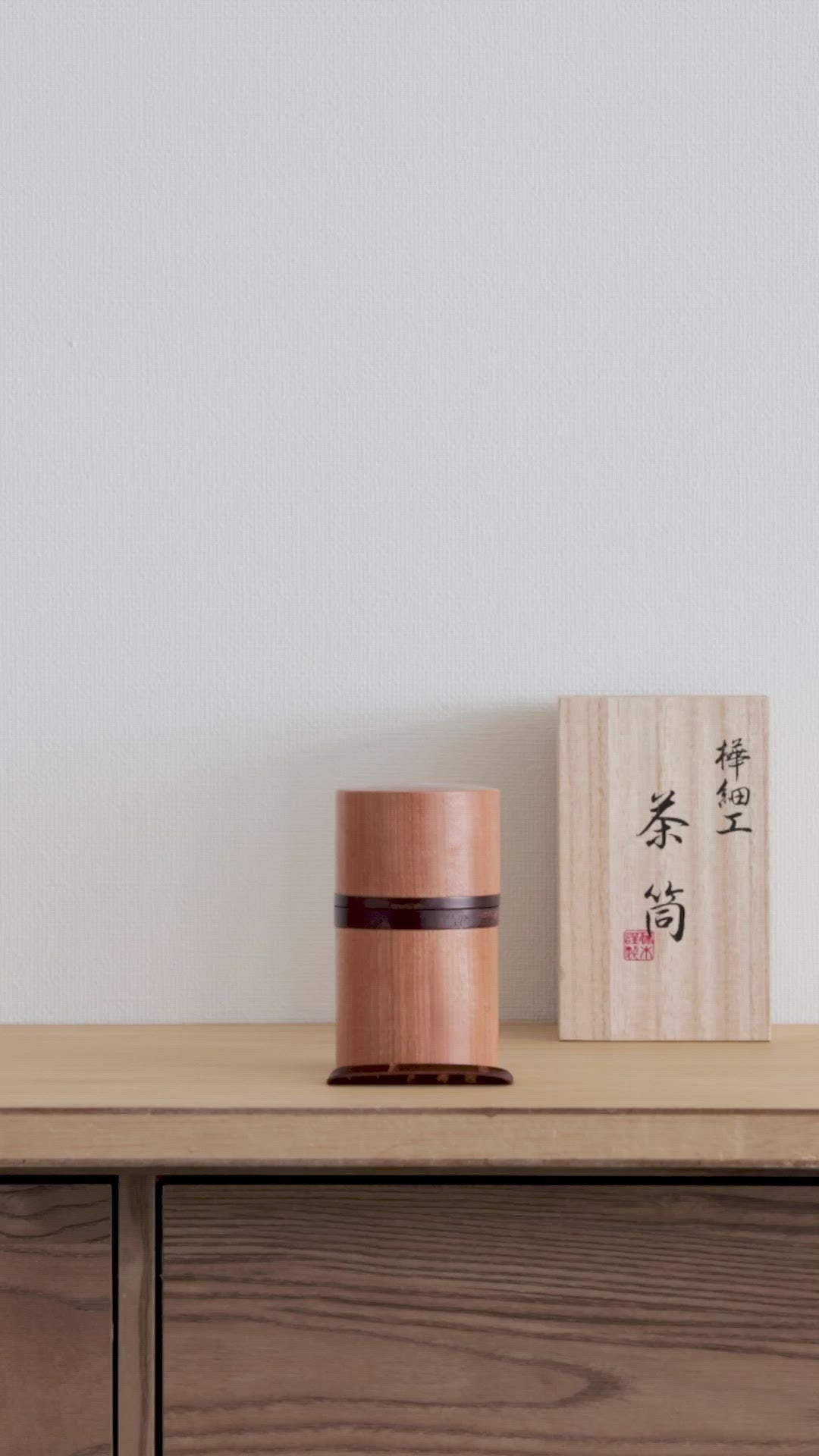Shiraiwayaki Waheegama
This craft was brought to life during the Edo Period when Unshichi Matsumoto, famous for his Oborisoma ware, was invited to Akita as an expert in the transformation of mined materials. Upon discovering the unique and high-quality soil in Shiraiwa, he launched the first Shiraiwayaki kiln, which went on to become a flourishing industry with as many as 5000 potters in its heyday.
However, the craft completely disappeared due to the Akita Semboku Earthquake of 1914, and other various events of the Meiji Period. It remained extinct for 70 years, until Aoi Watanabe's mother, a descendent of Shiraiwayaki potters, revived it as a young university graduate in 1975, an undertaking which was almost unheard of for a female potter at that time. Today there is only one kiln in operation: the Waheegama kiln, run by the Watanabe family.
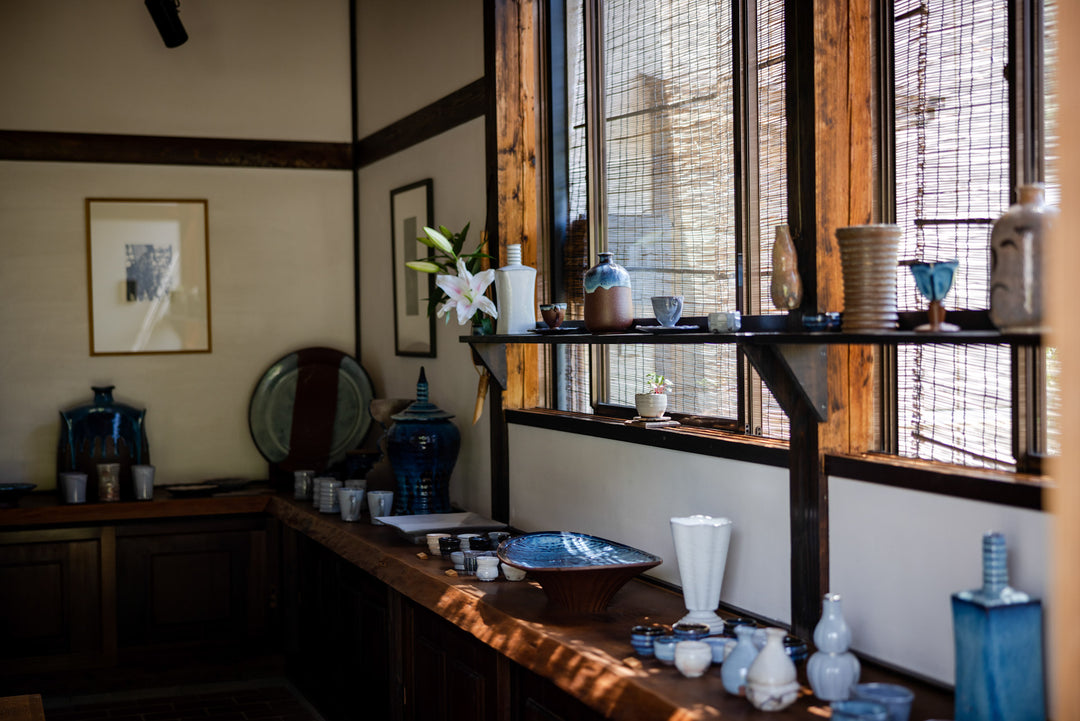
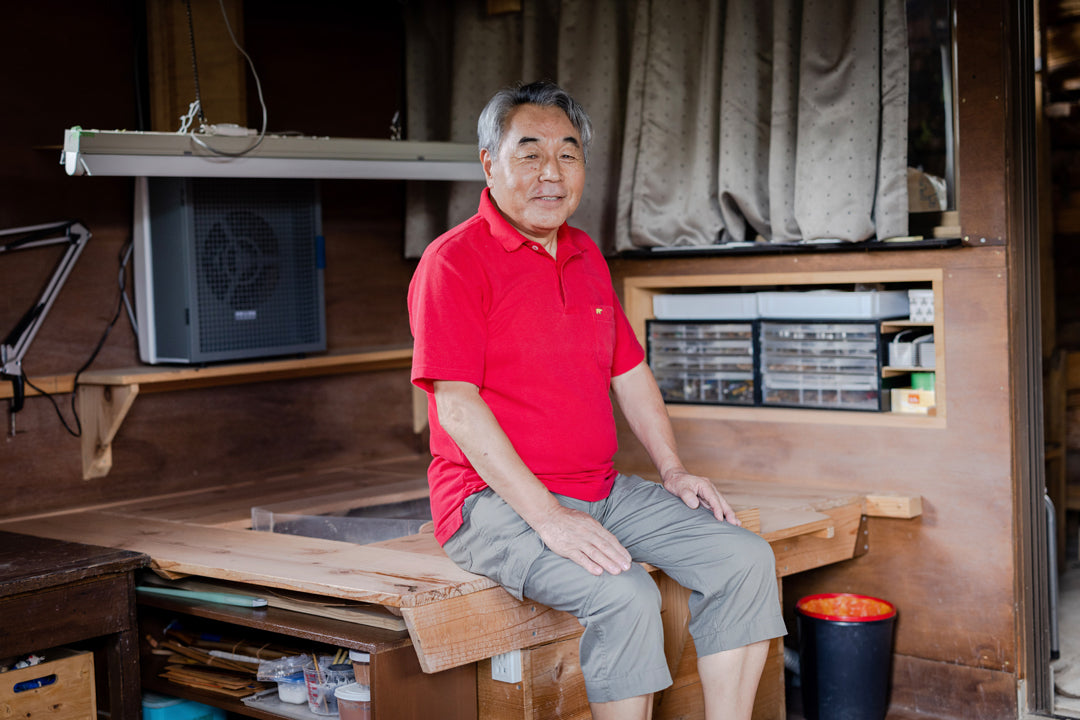
Toshiharu Watanabe
Toshiharu Watanabe is a key figure in the revival of Shiraiwa-yaki, having been involved since the Waheegama kiln was first established in 1978 by his wife, Sunao Watanabe. Together, using local materials that would have been used during the Edo Period, they developed contemporary Shiraiwa-yaki’s red-brown doro glaze, as well as its signature namako glaze, which took them 20 years to perfect.
Shiraiwa-yaki Waheegama’s traditional, four-chamber climbing kiln was completed by Toshiharu Watanabe in 1993.
Watanabe has lectured at multiple university fine arts departments in the Tohoku region. His distinct style integrates both traditional pottery techniques and elements of contemporary sculpture, with works ranging from classic matcha bowls for tea ceremony, to abstract vases and sculptures influenced by modern art of the 19th and 20th centuries.
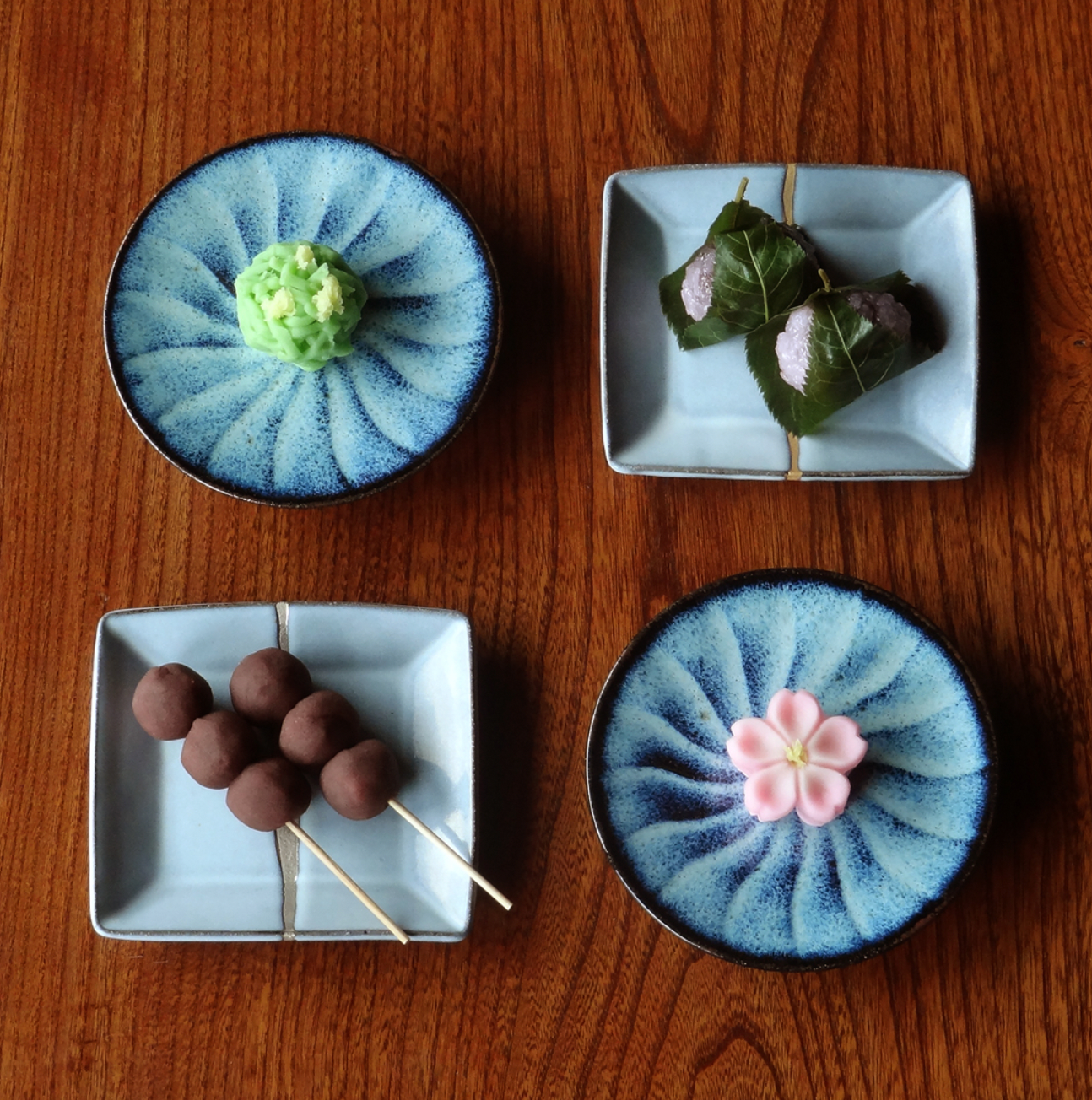
Namako Glaze
A traditional glaze with a speckled texture similar to a sea cucumber.




